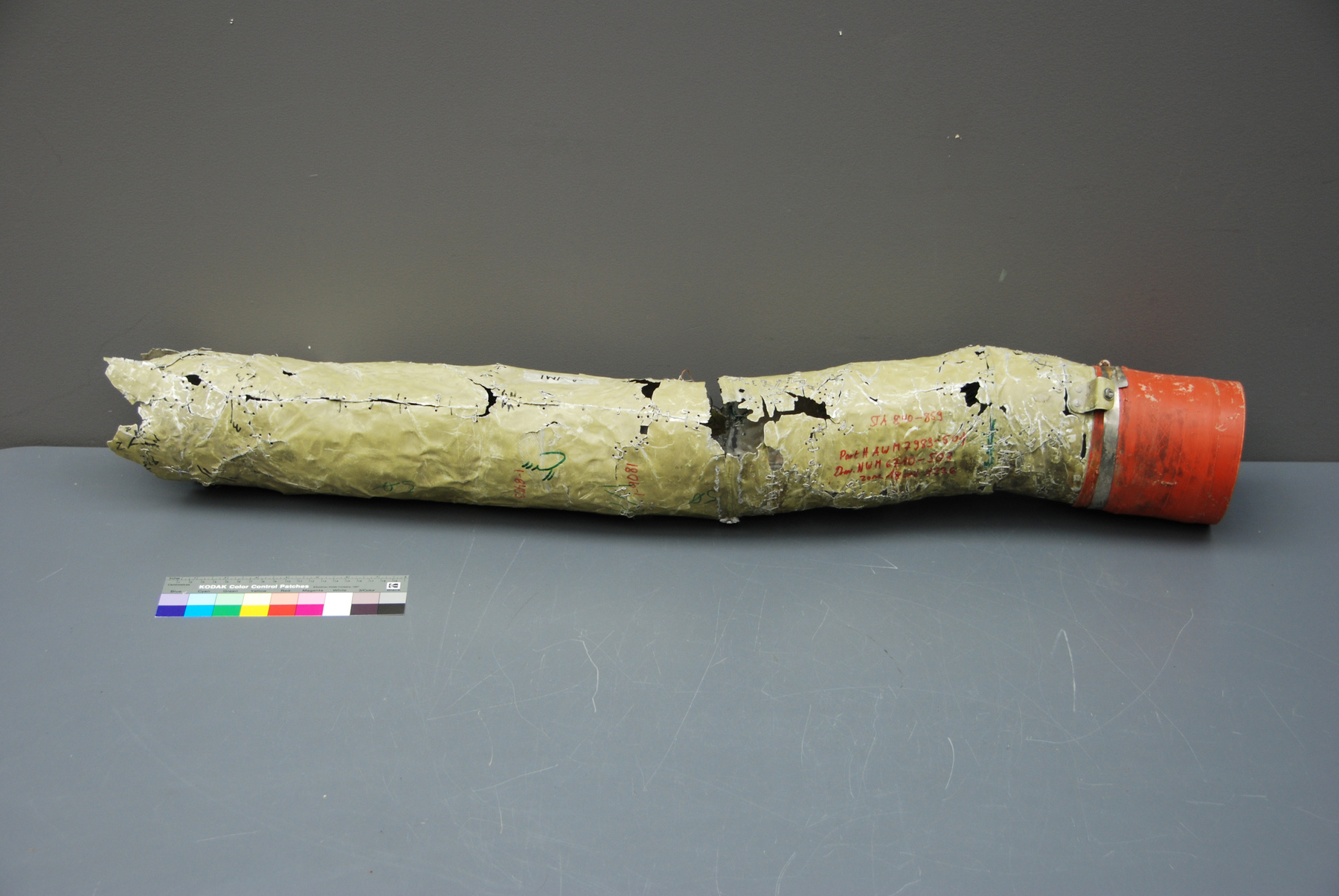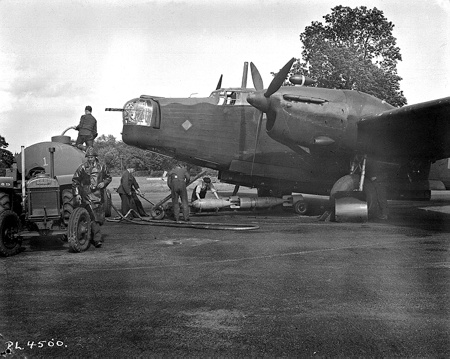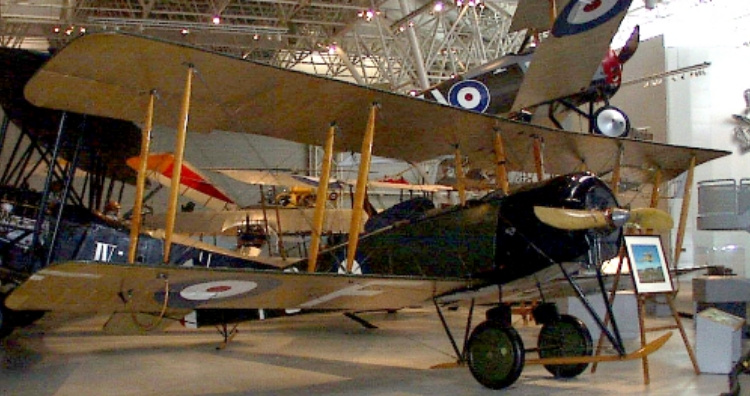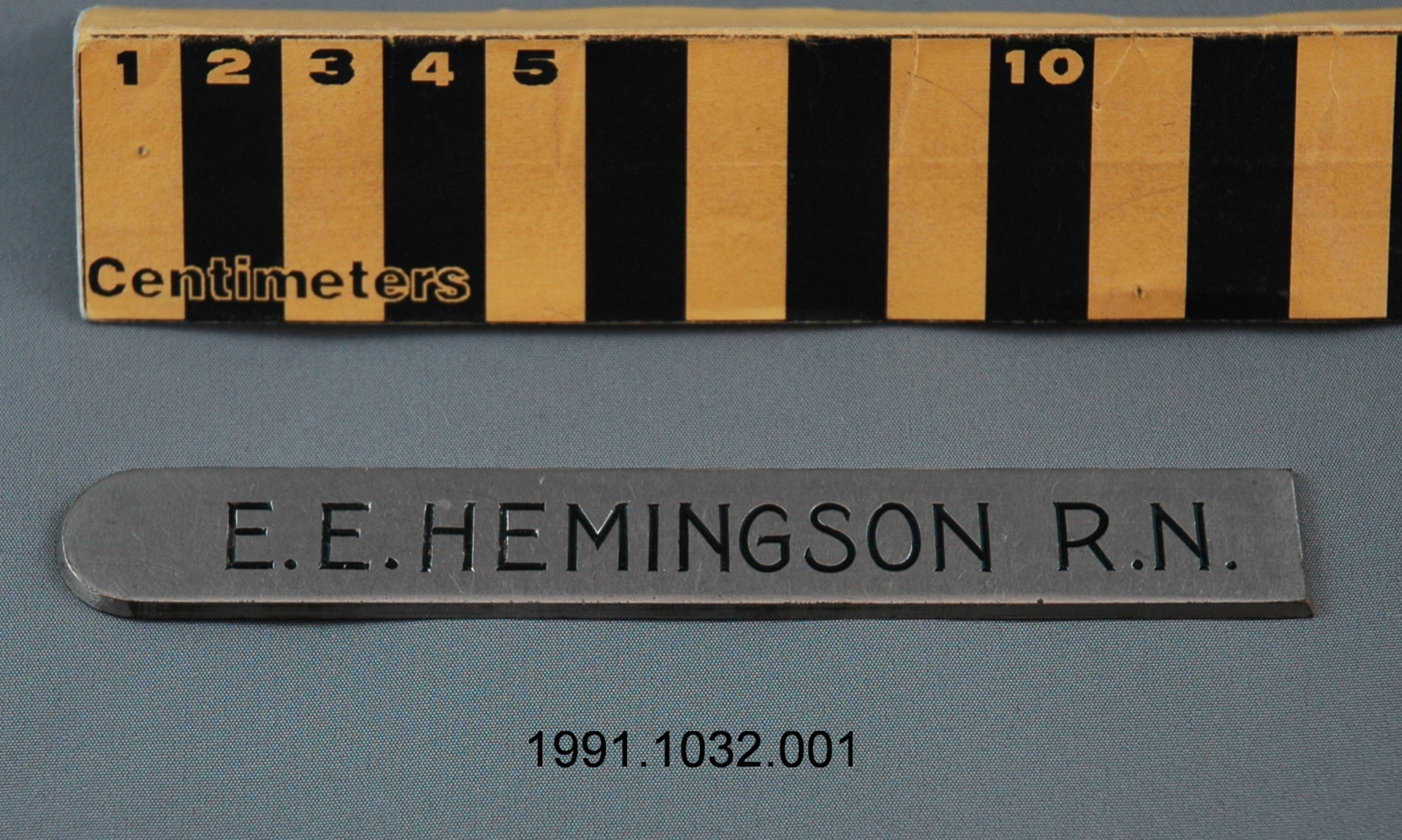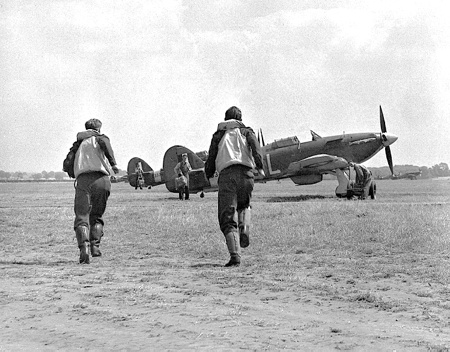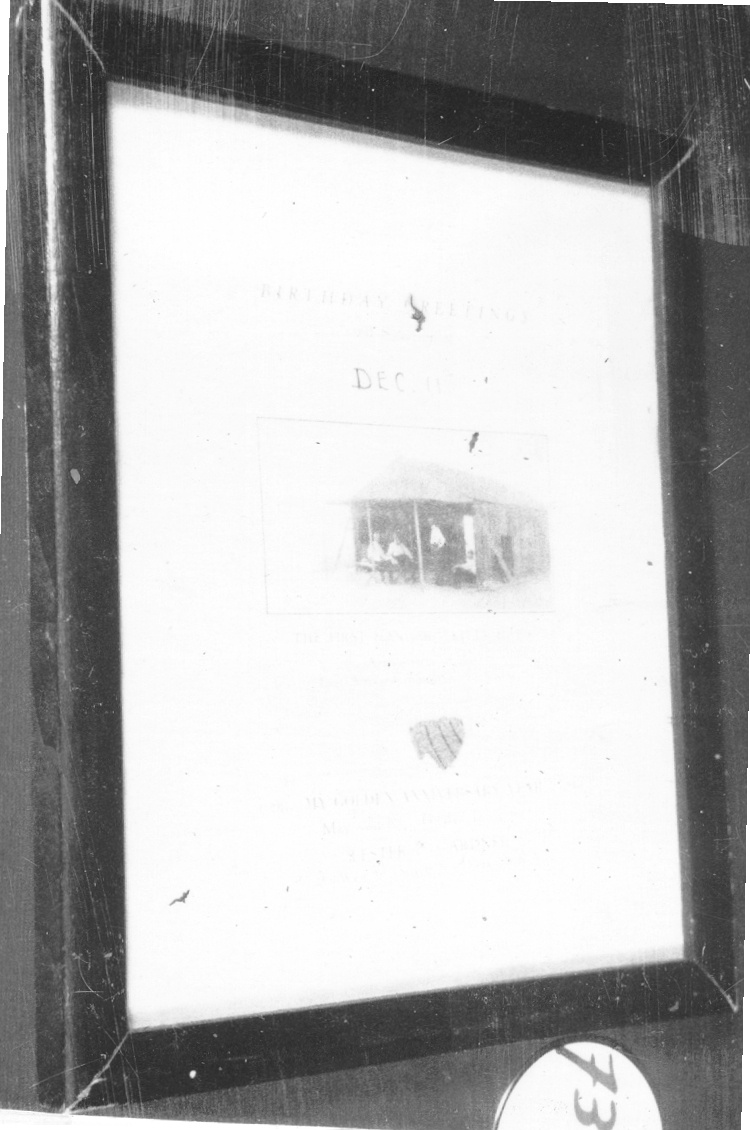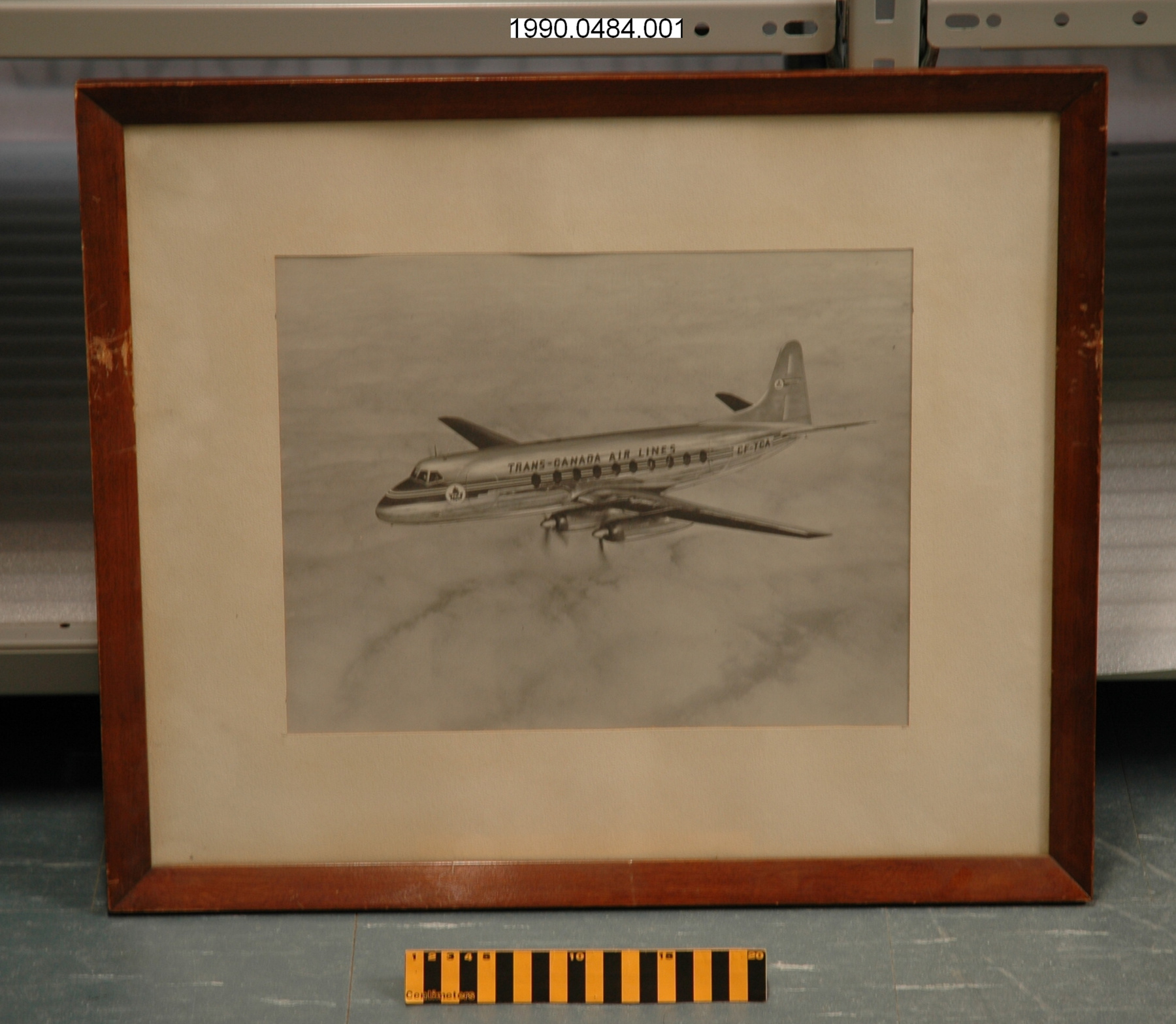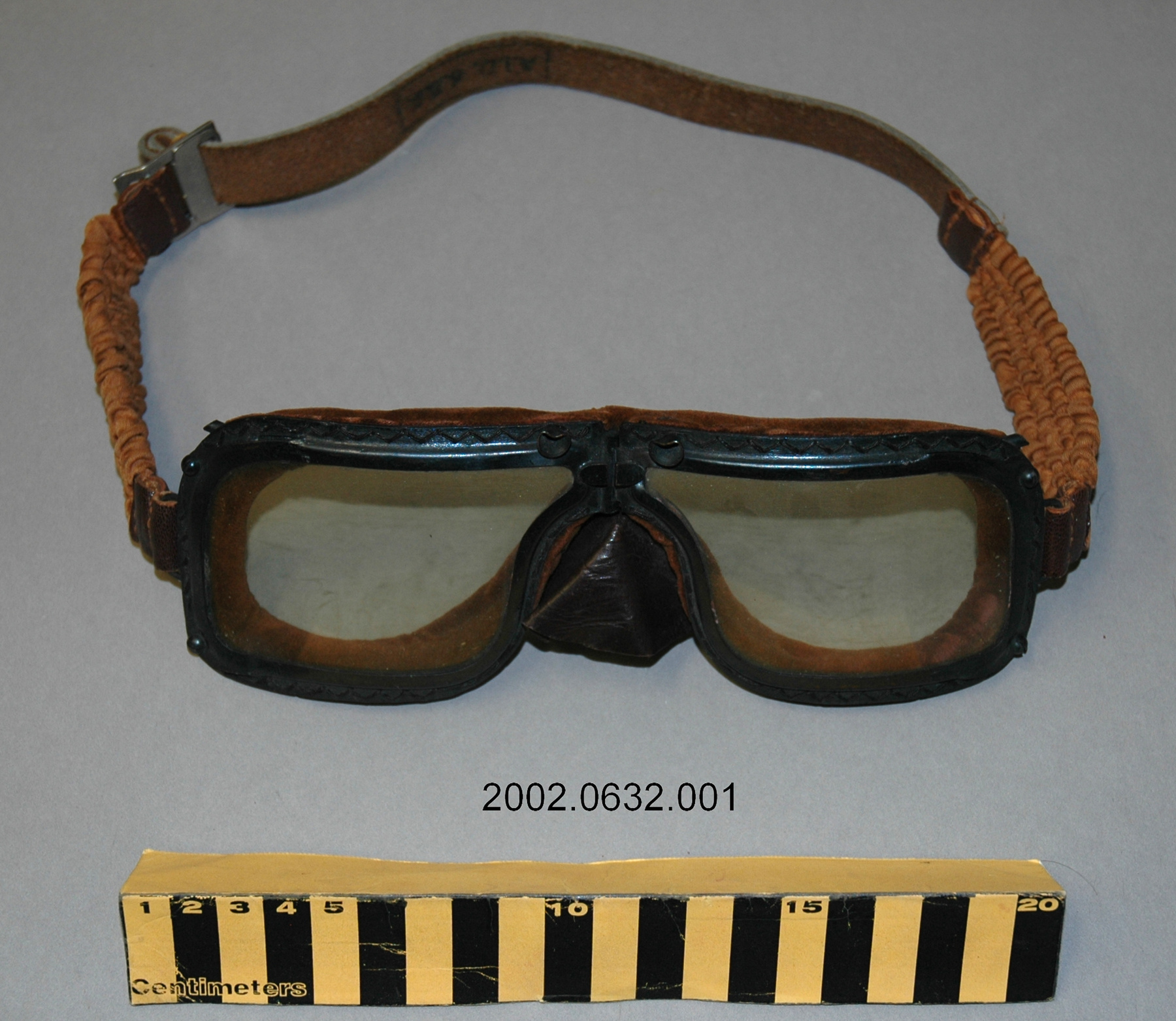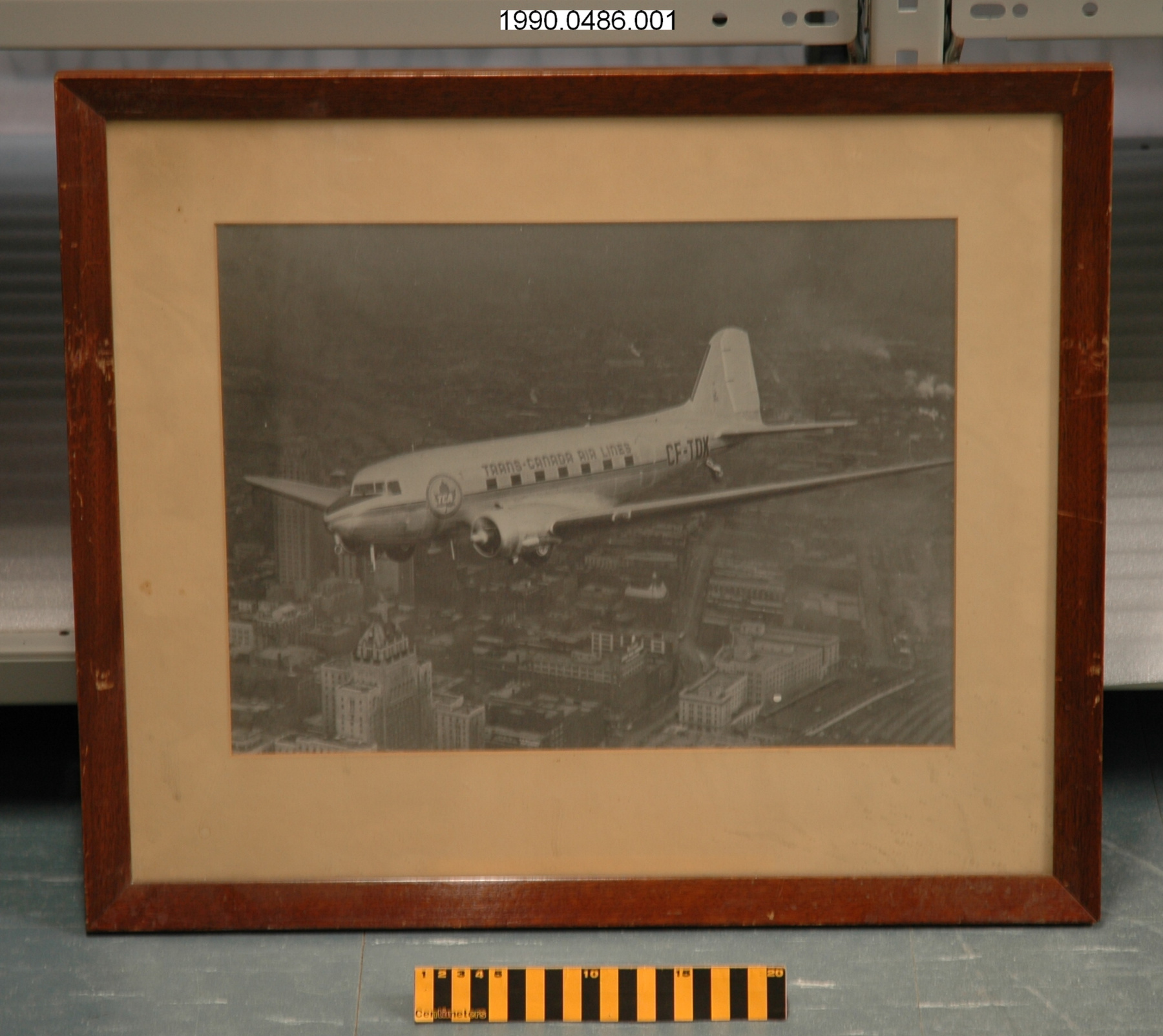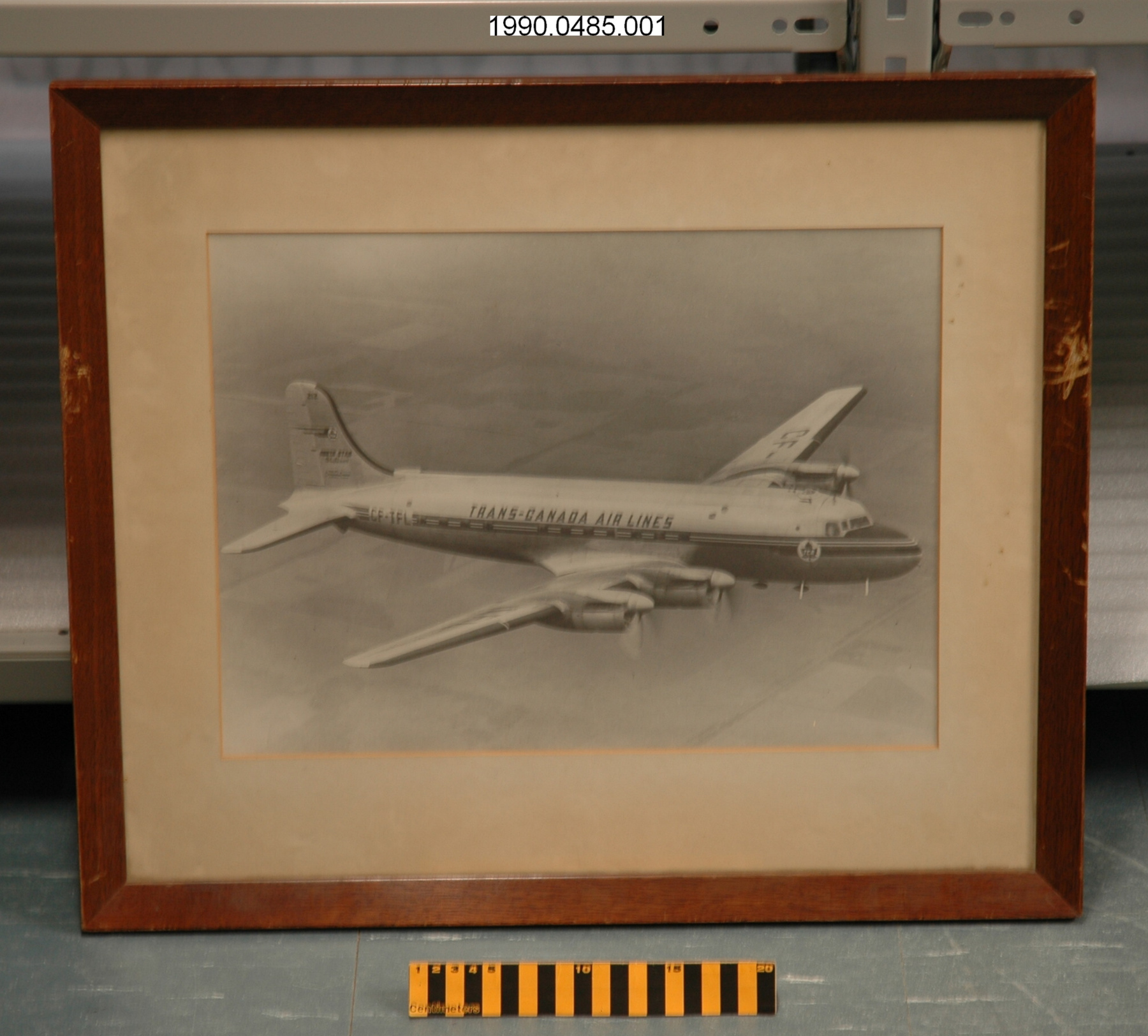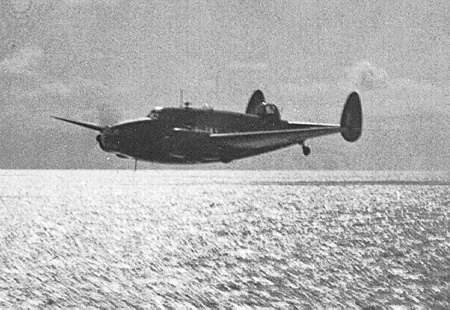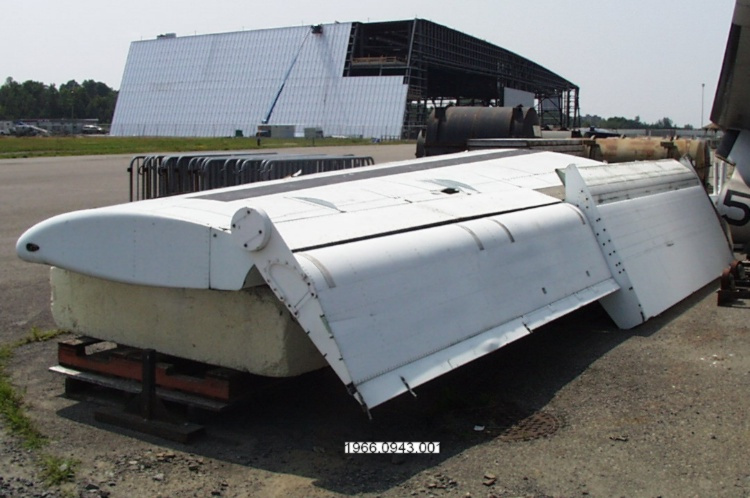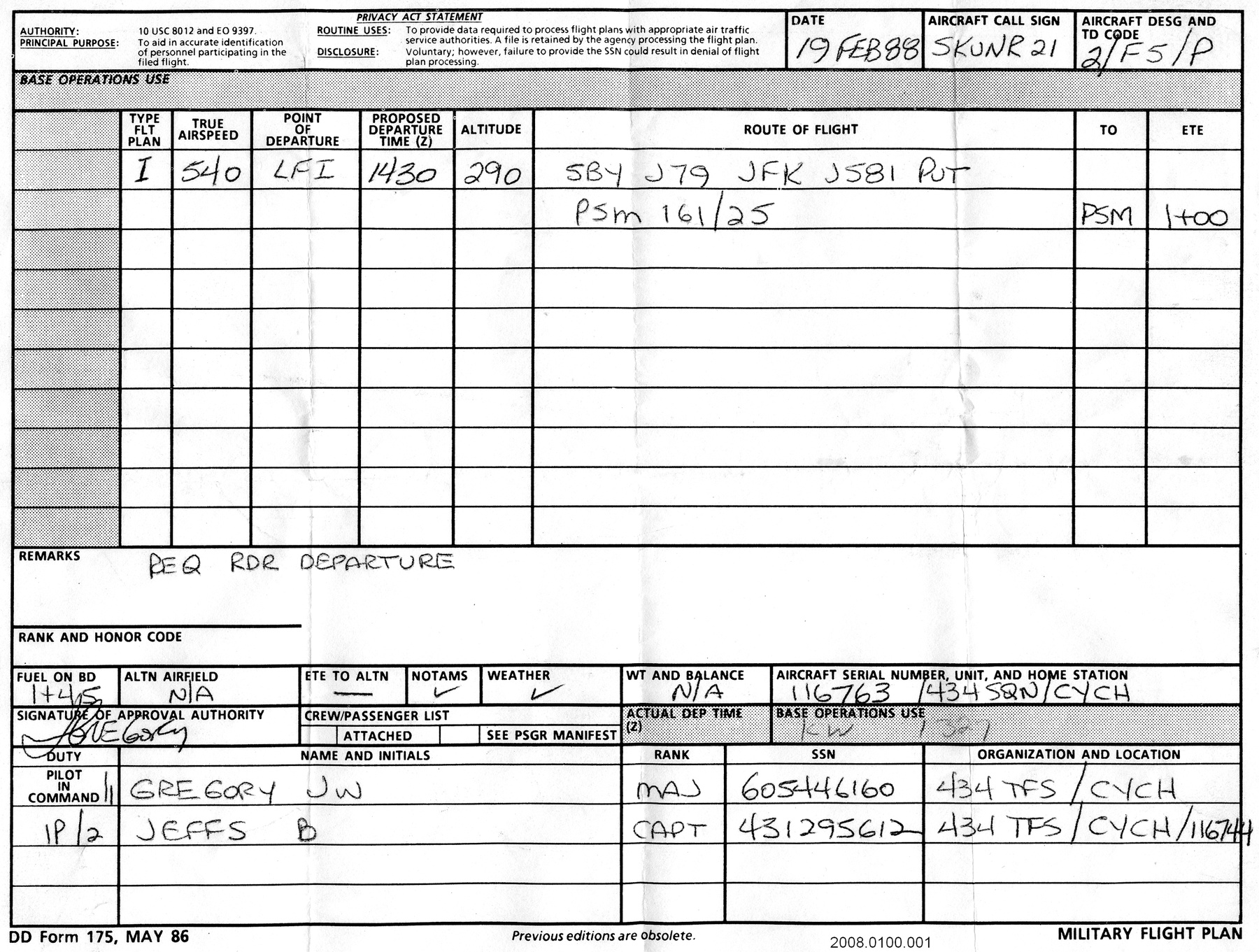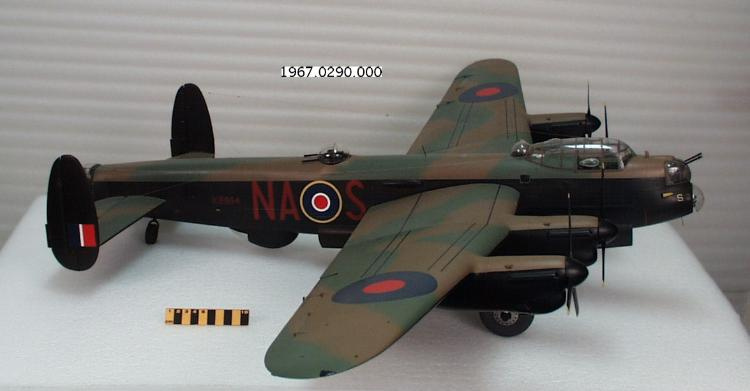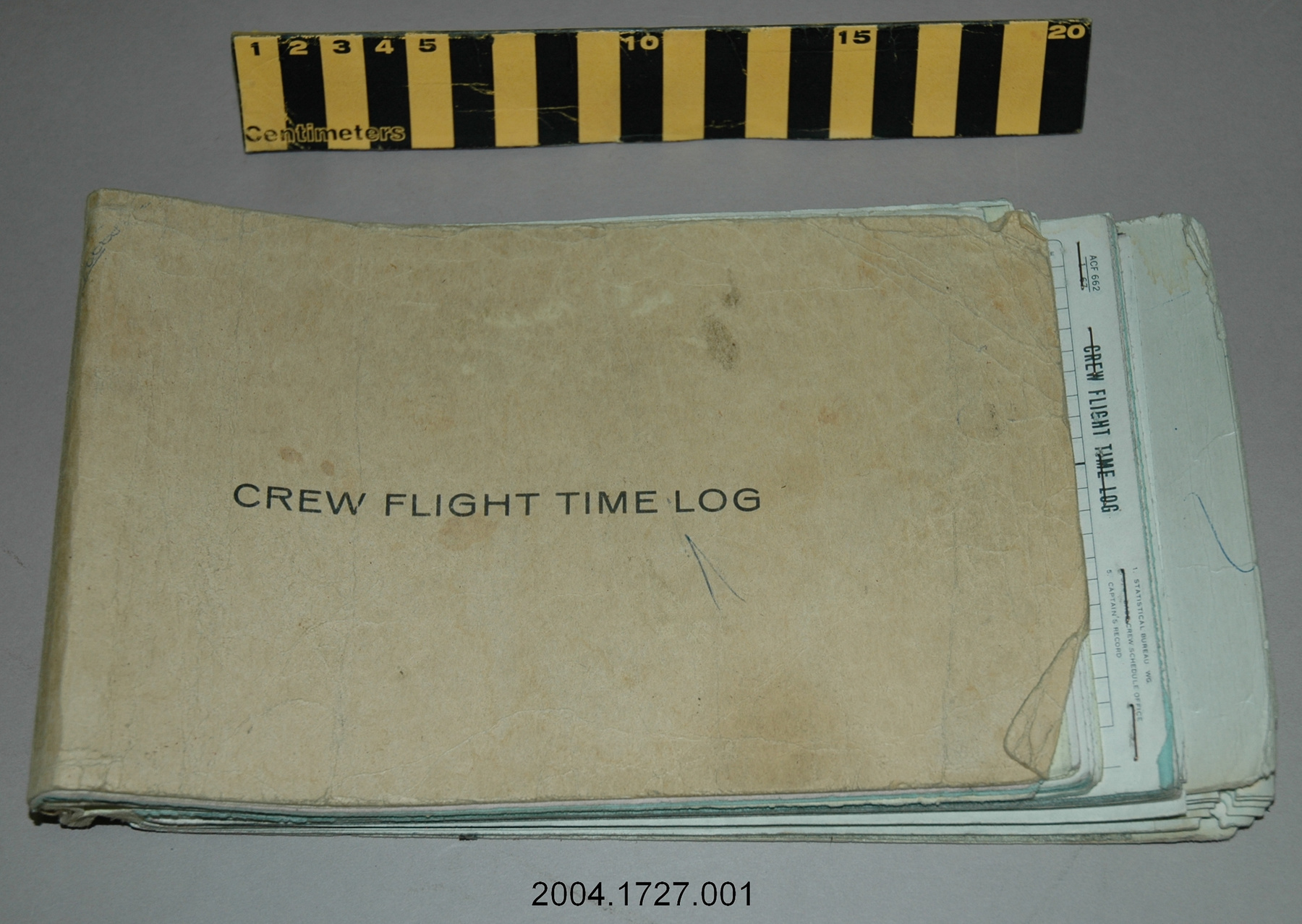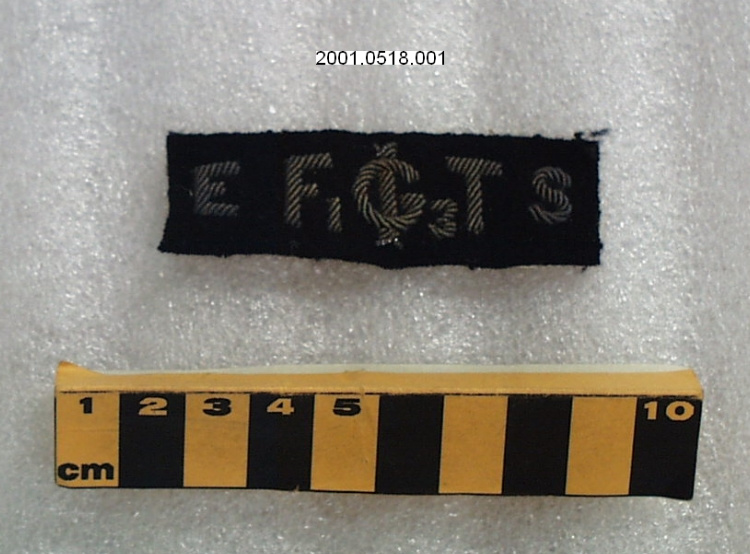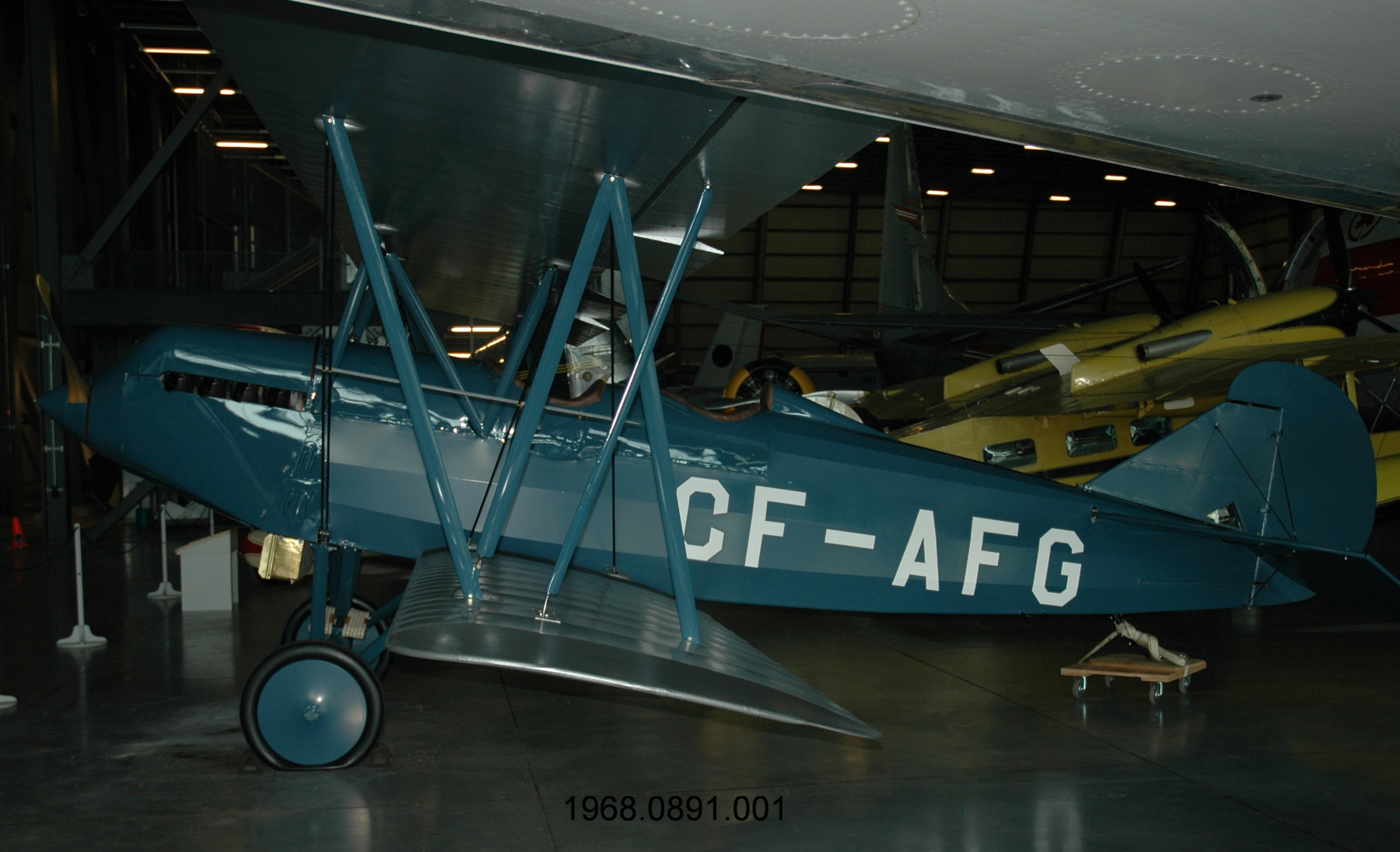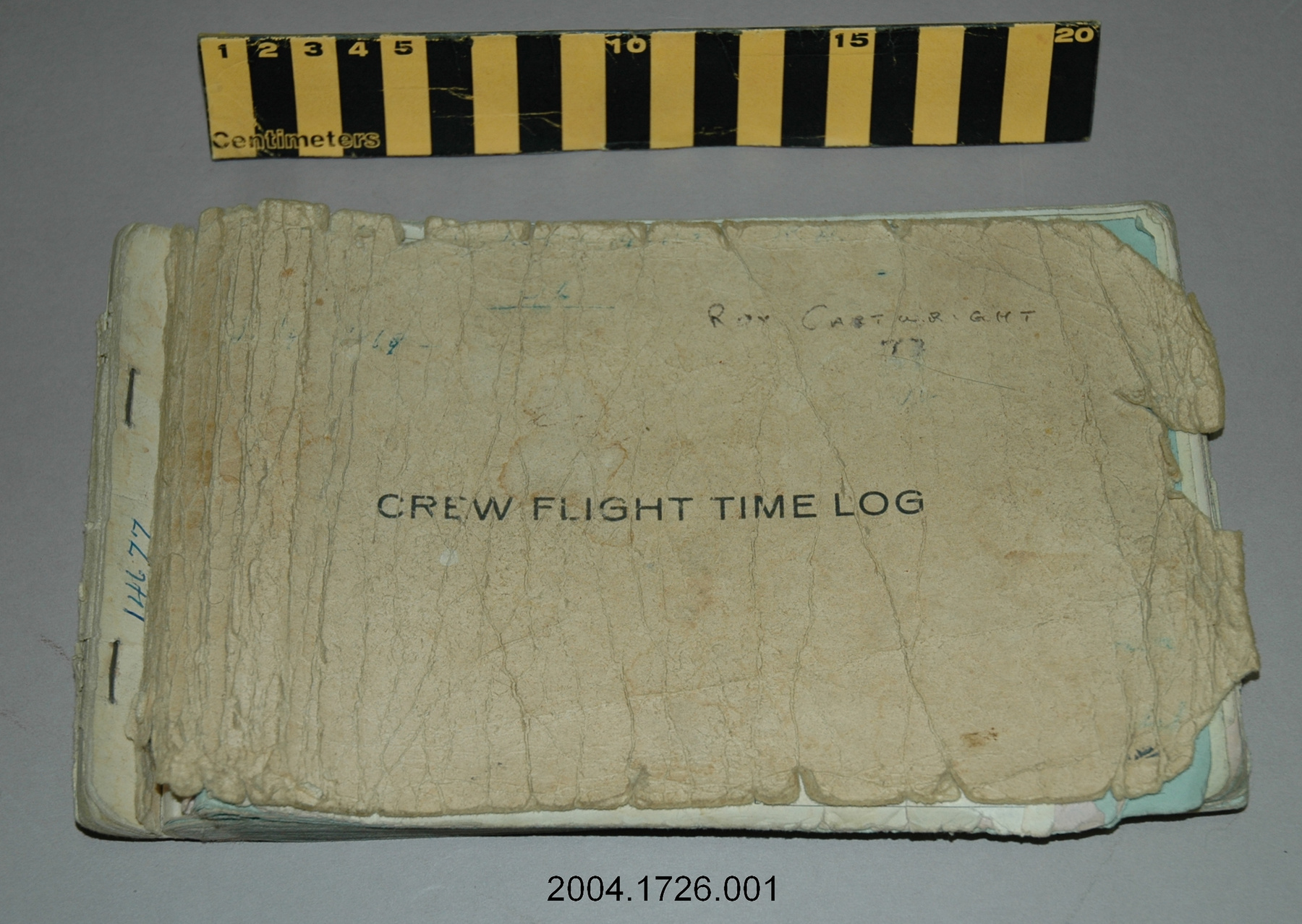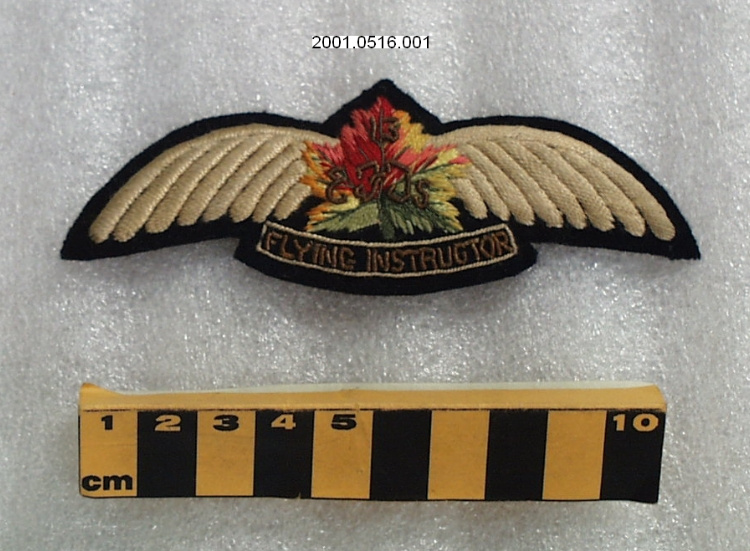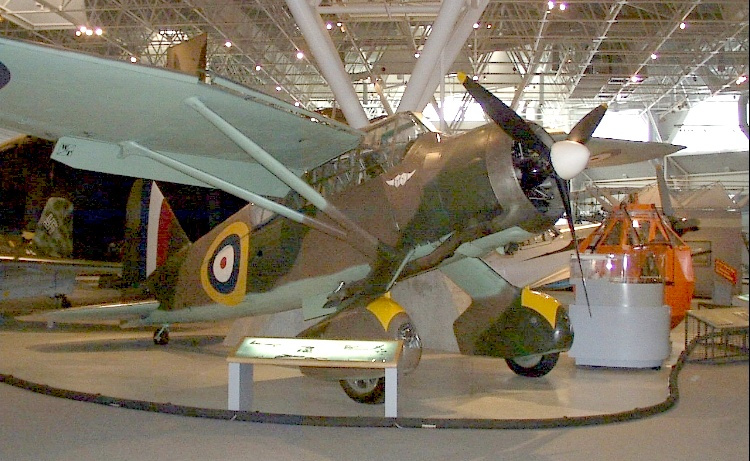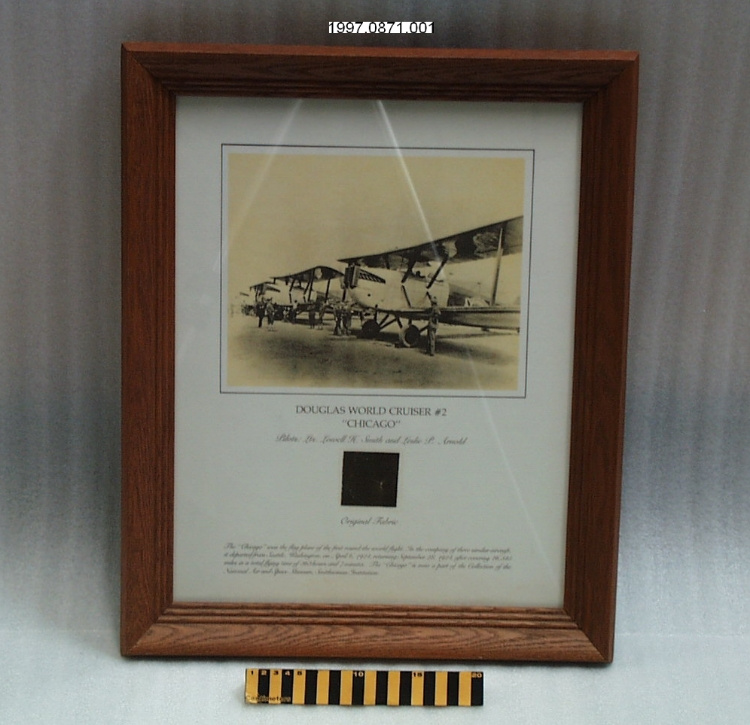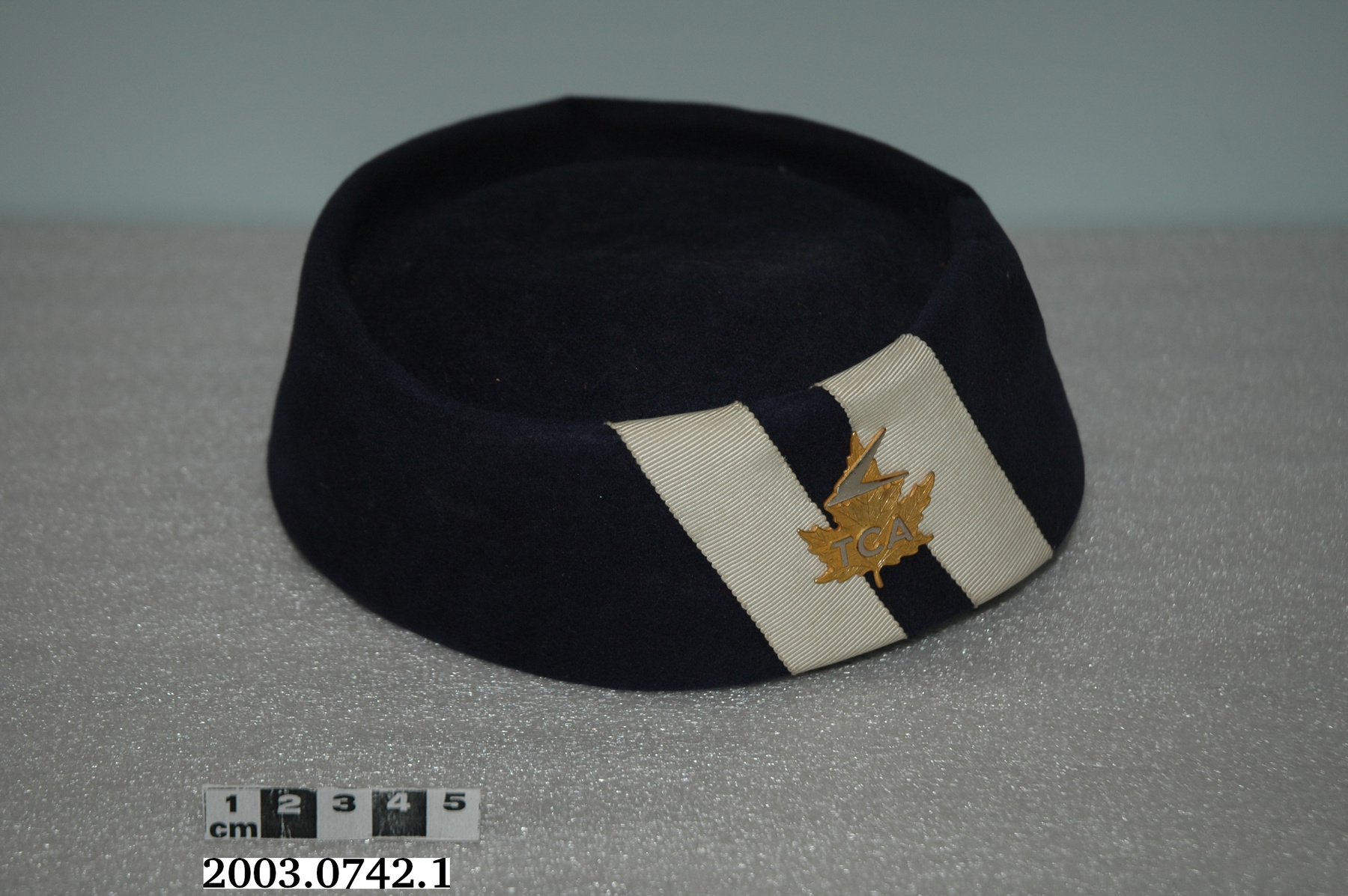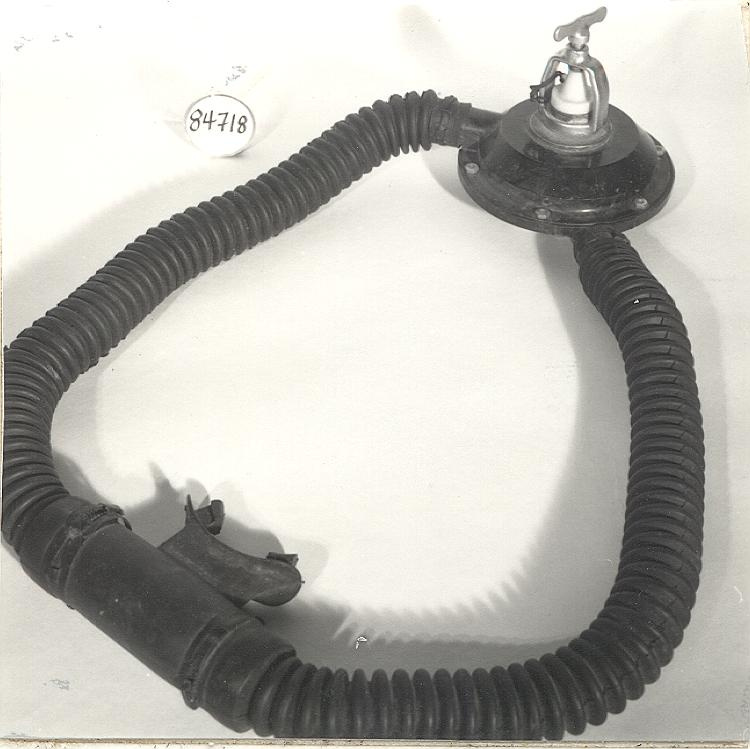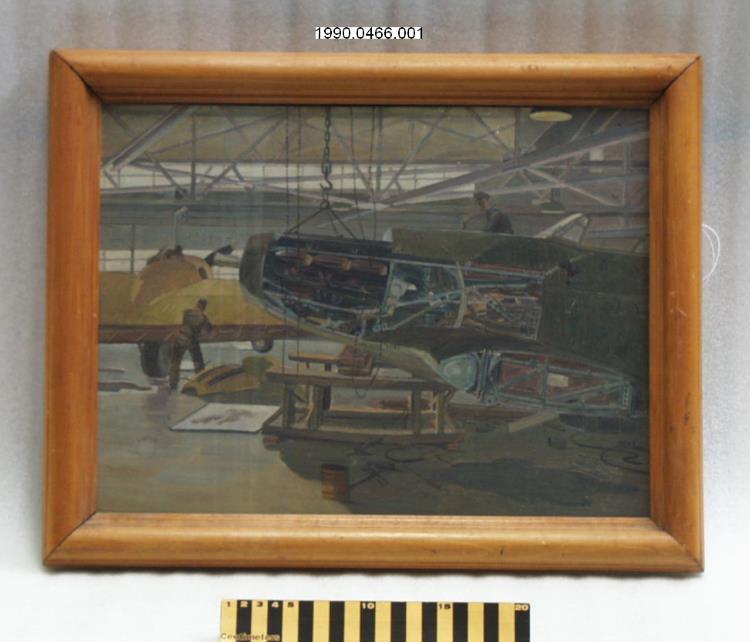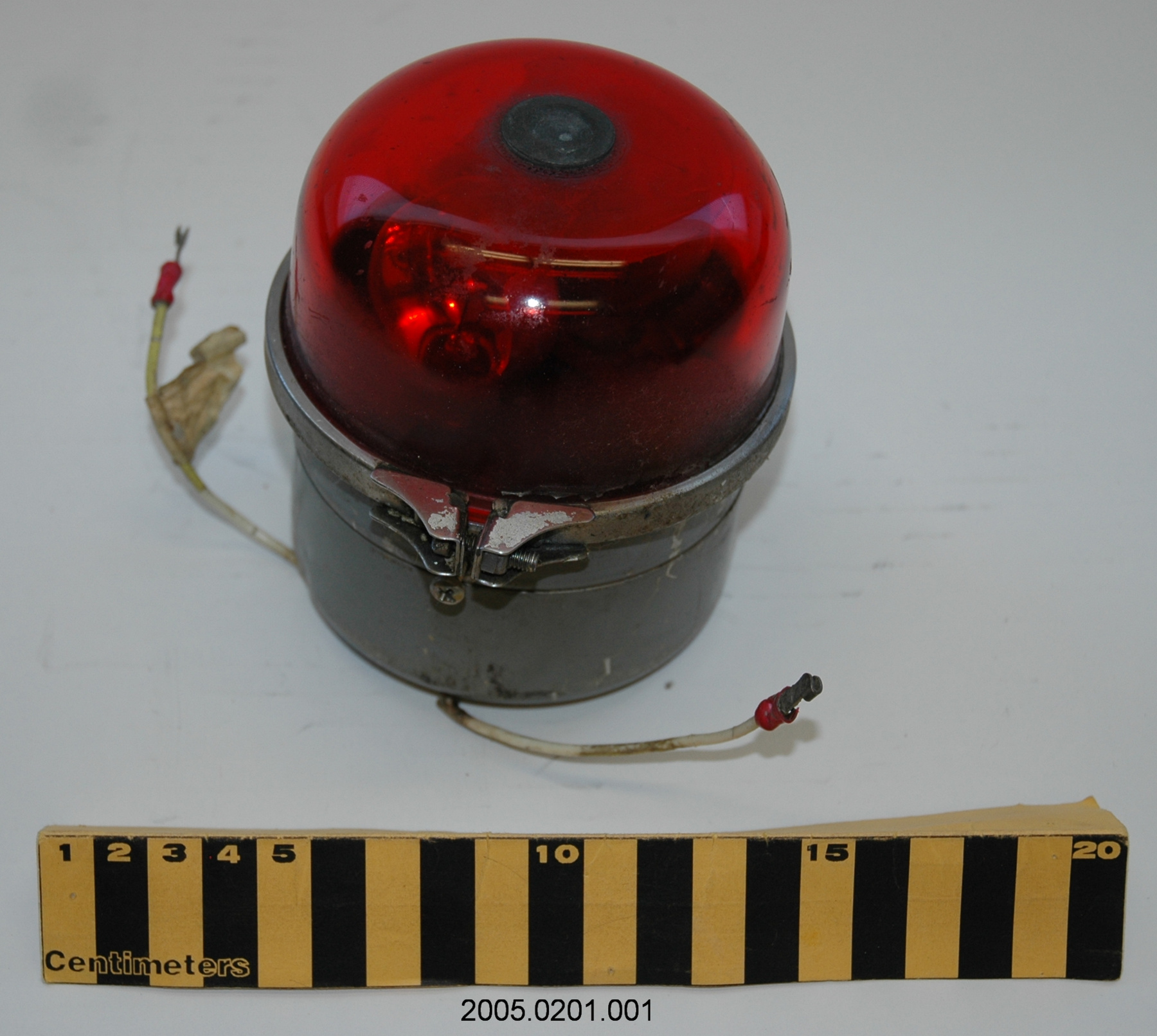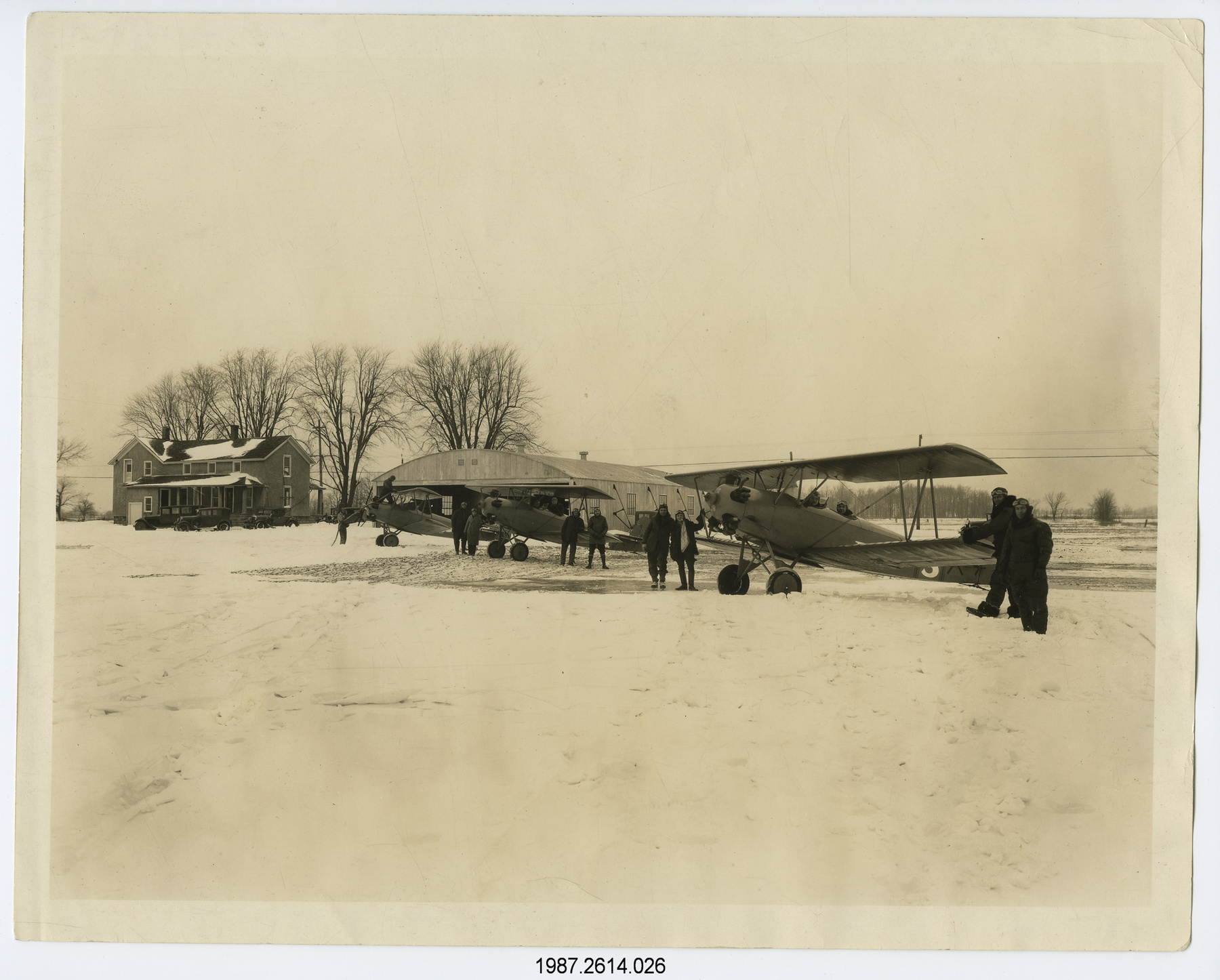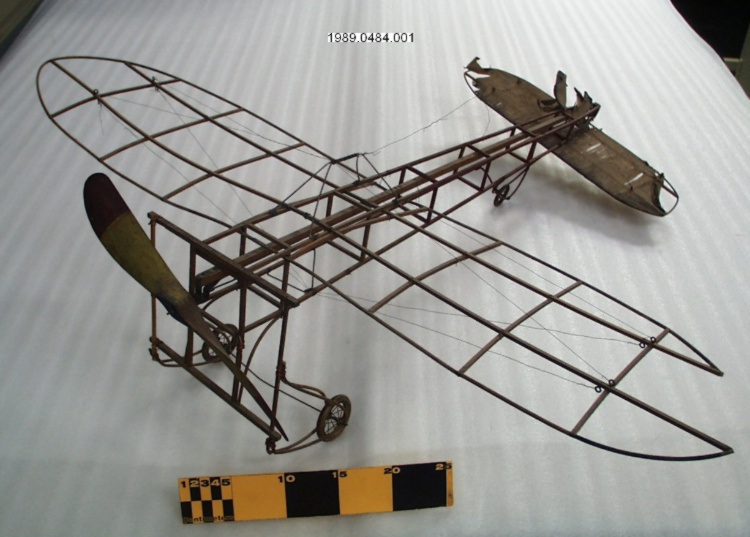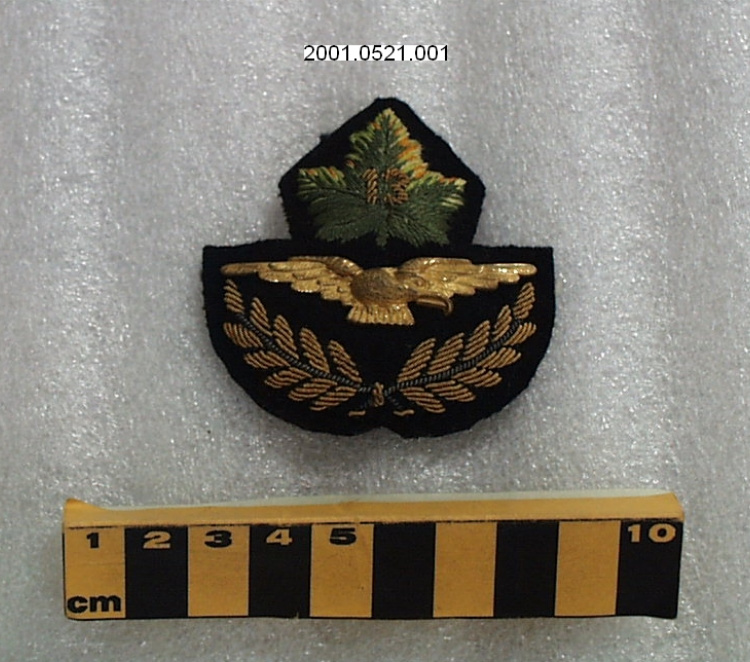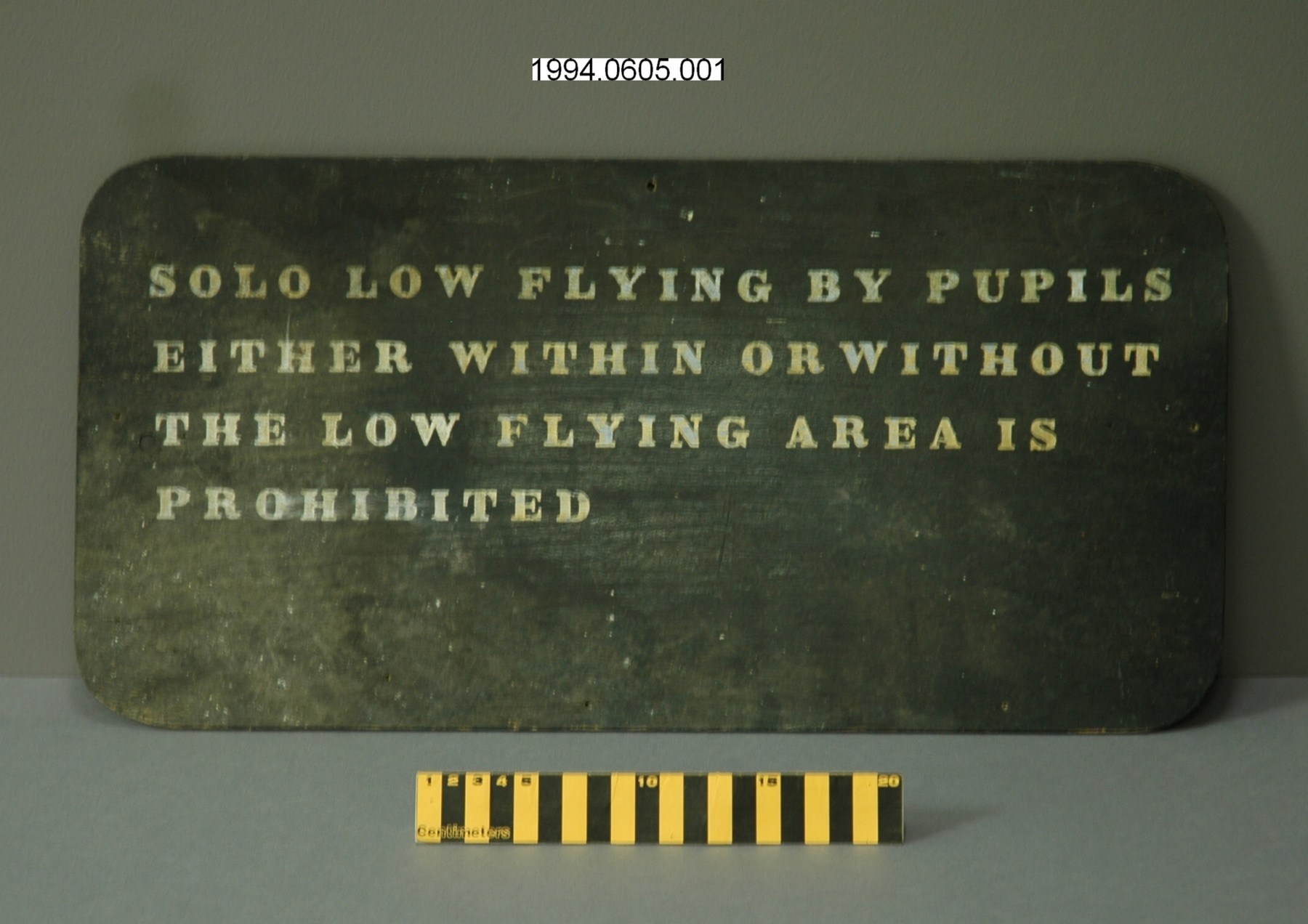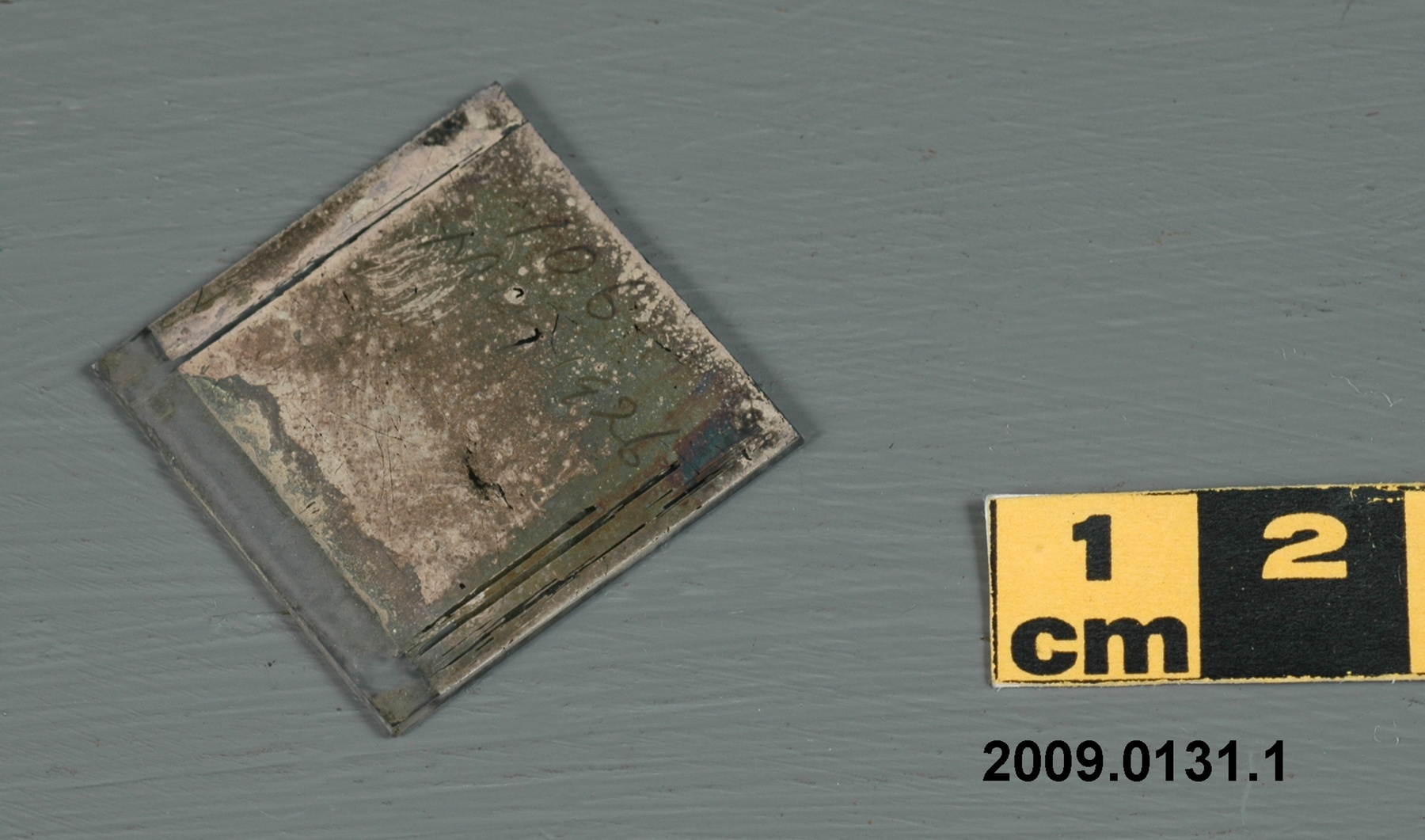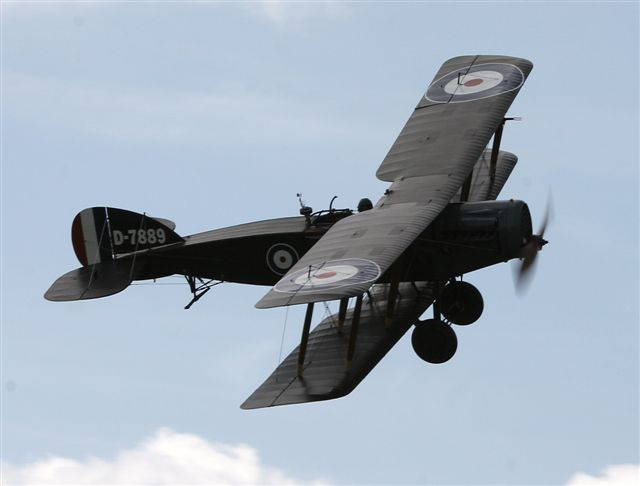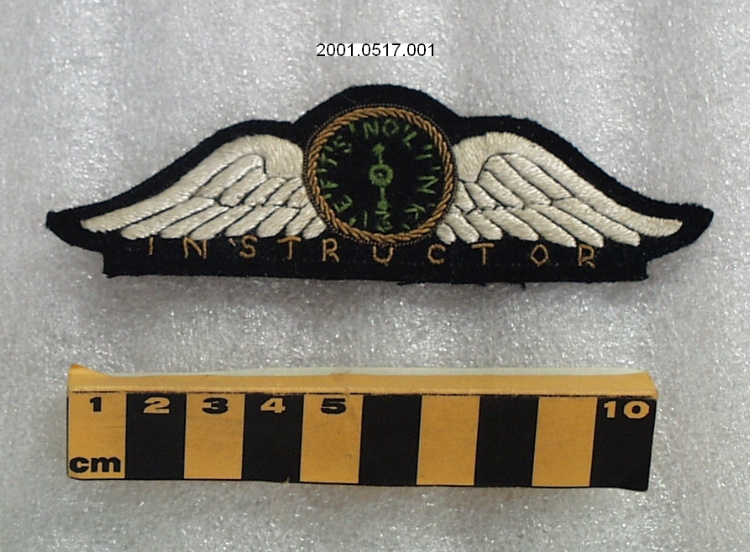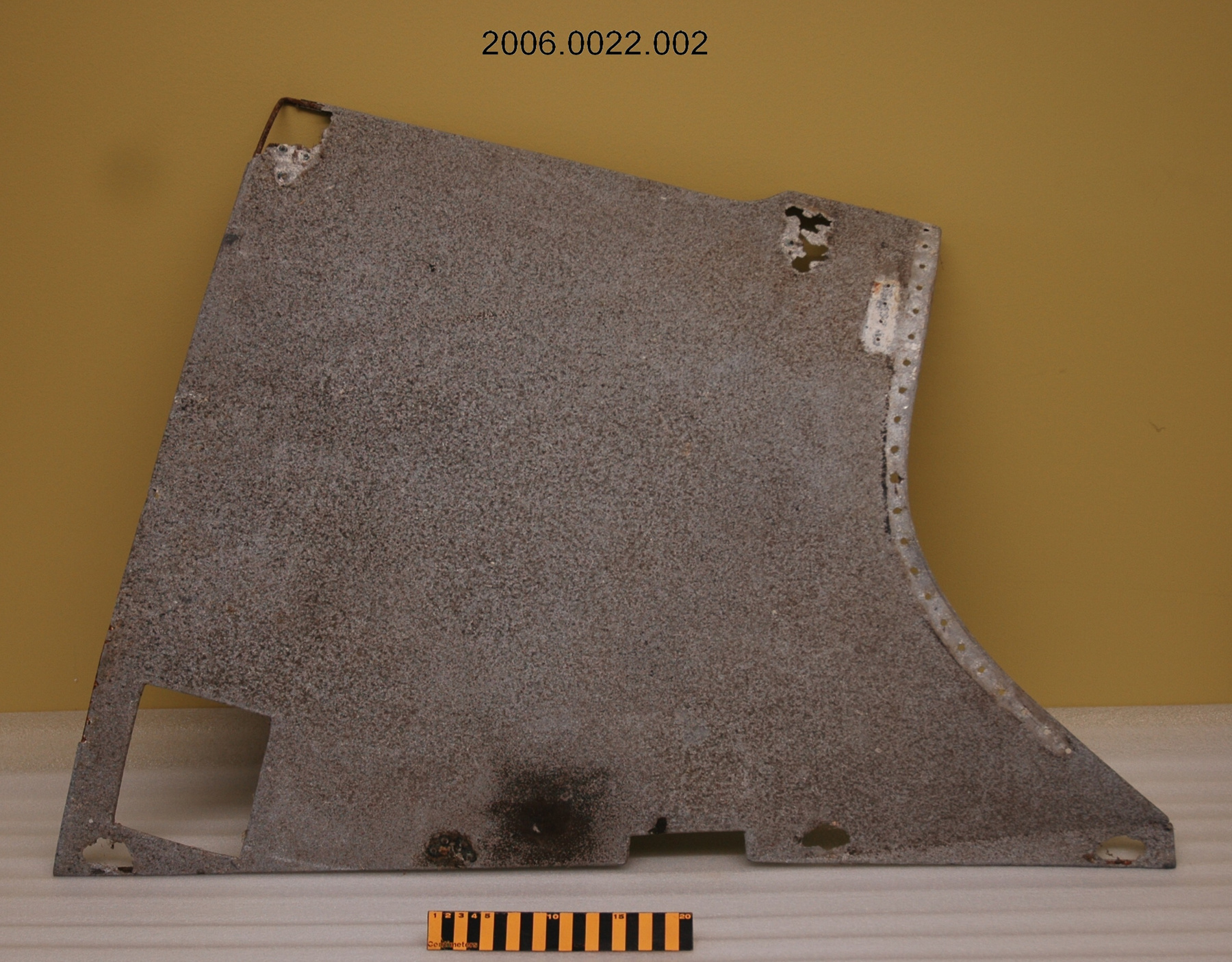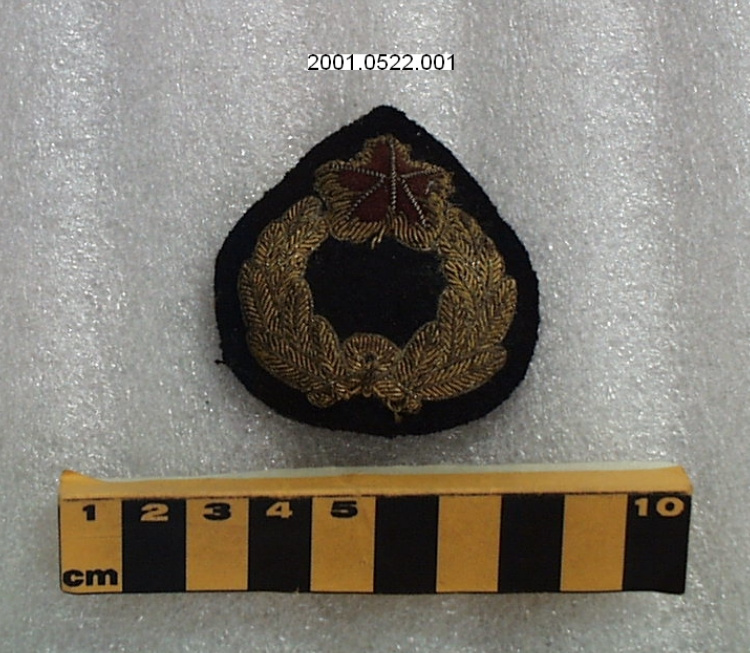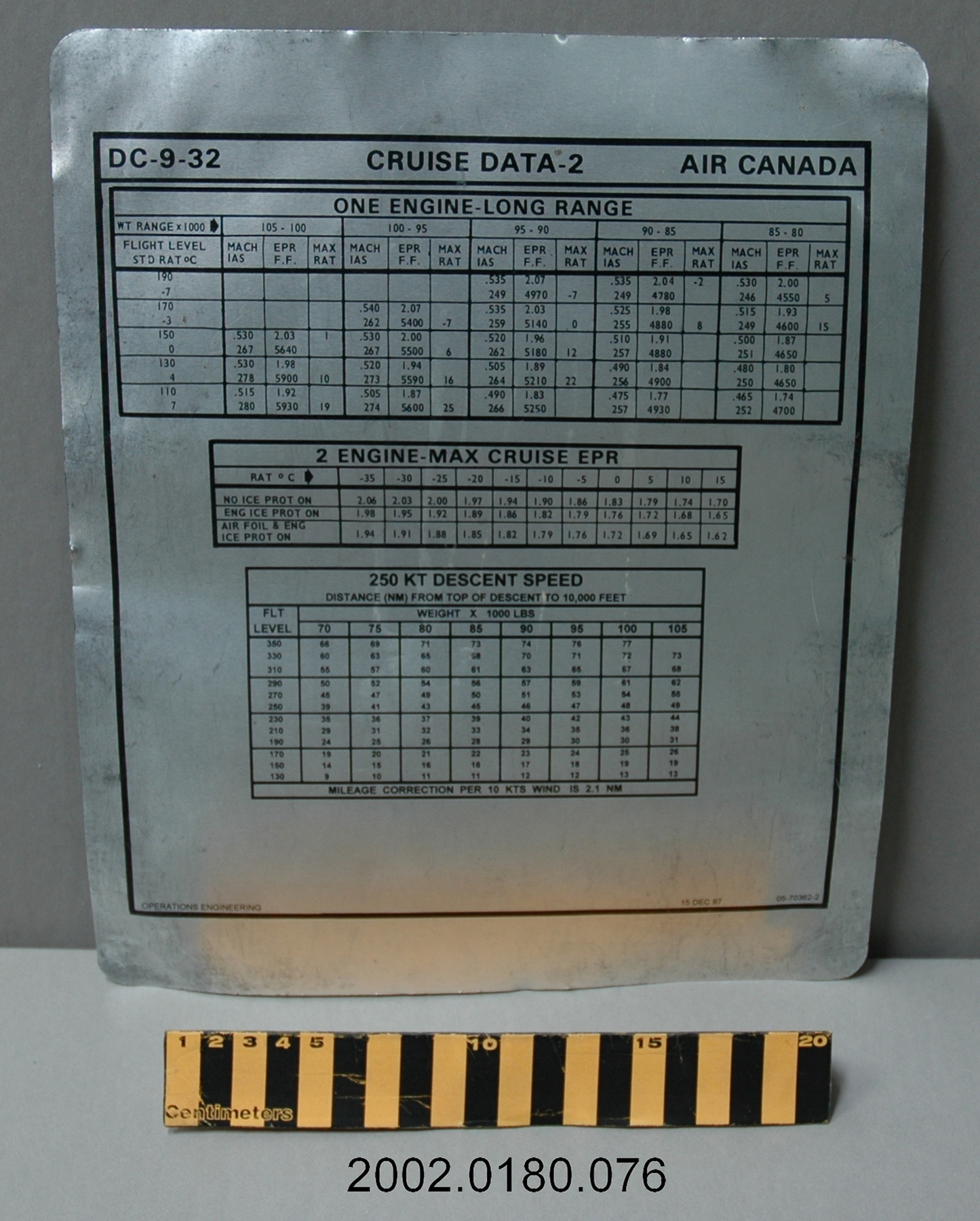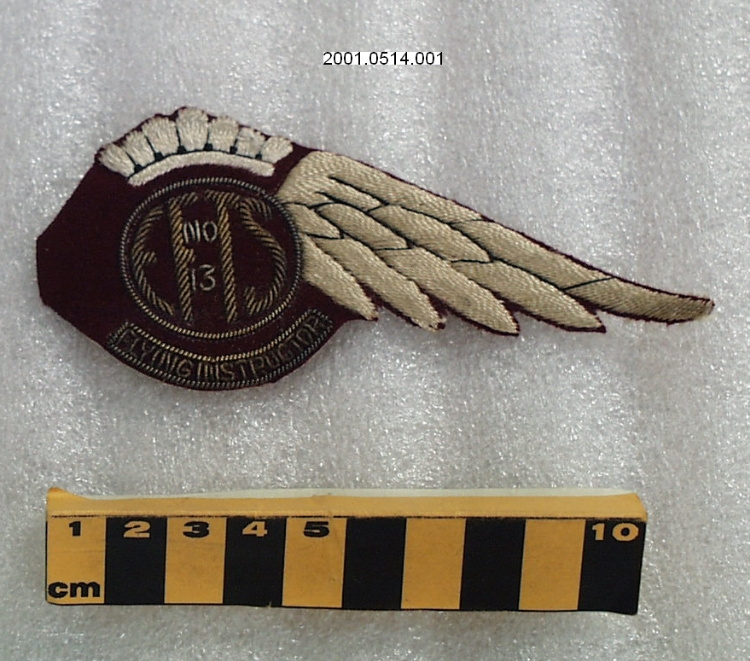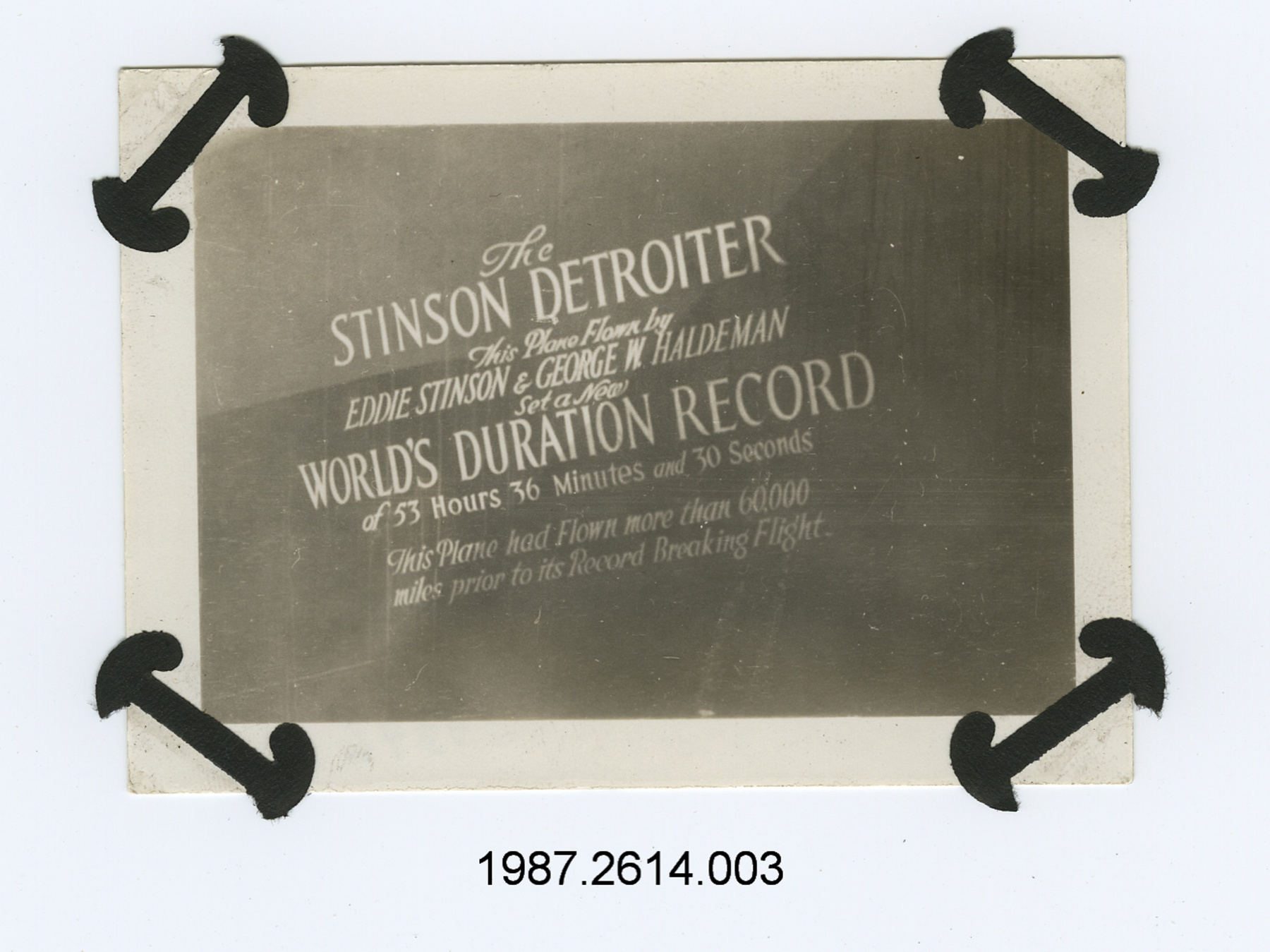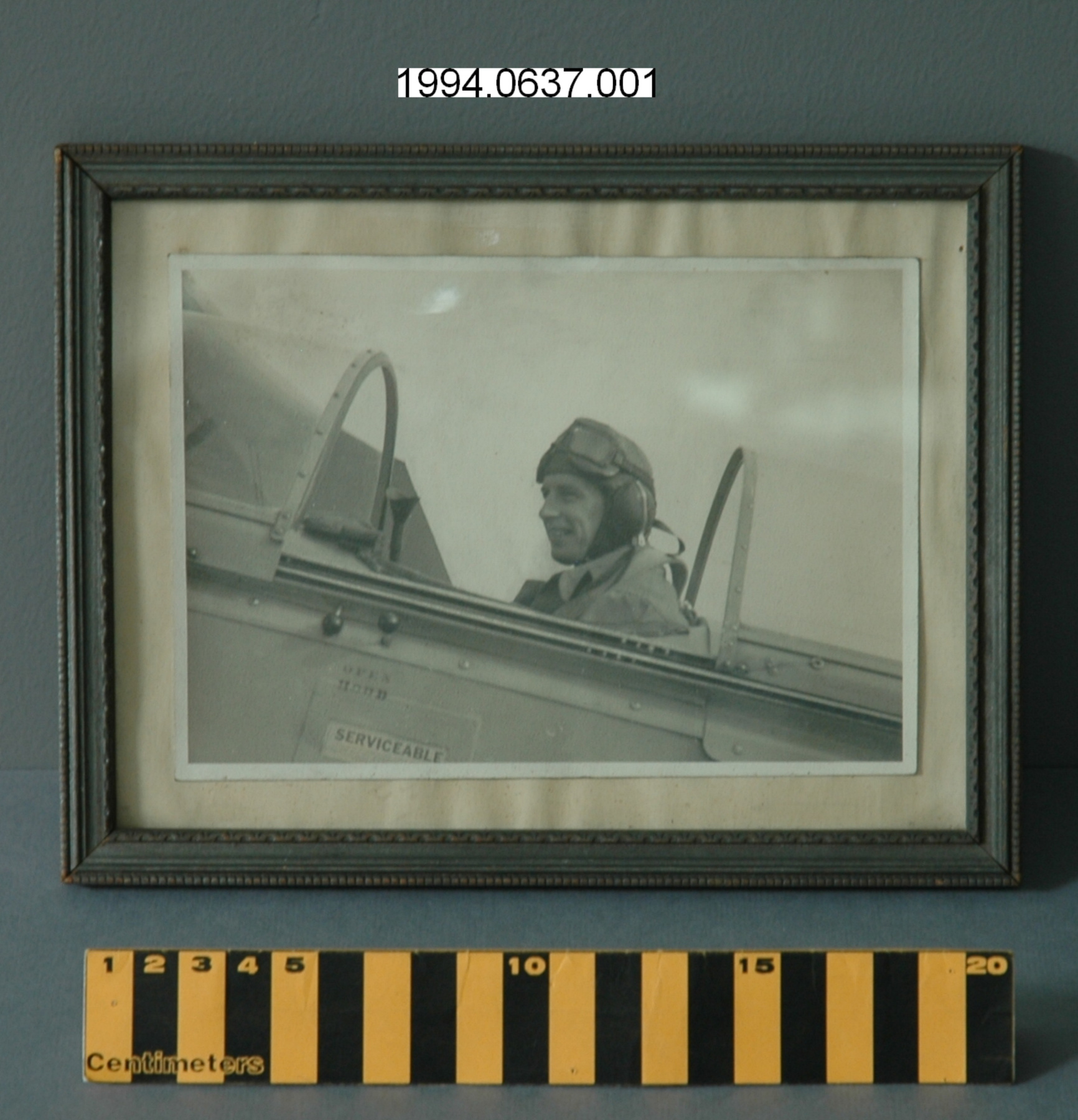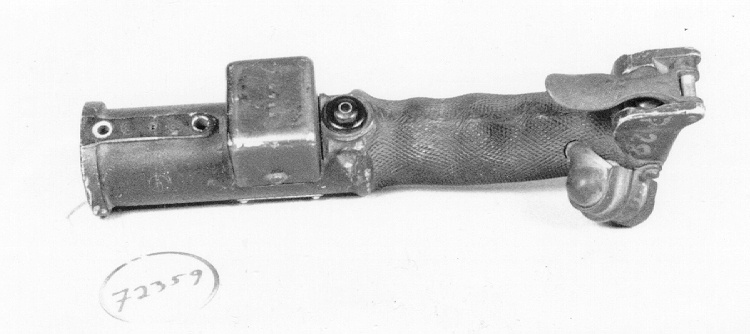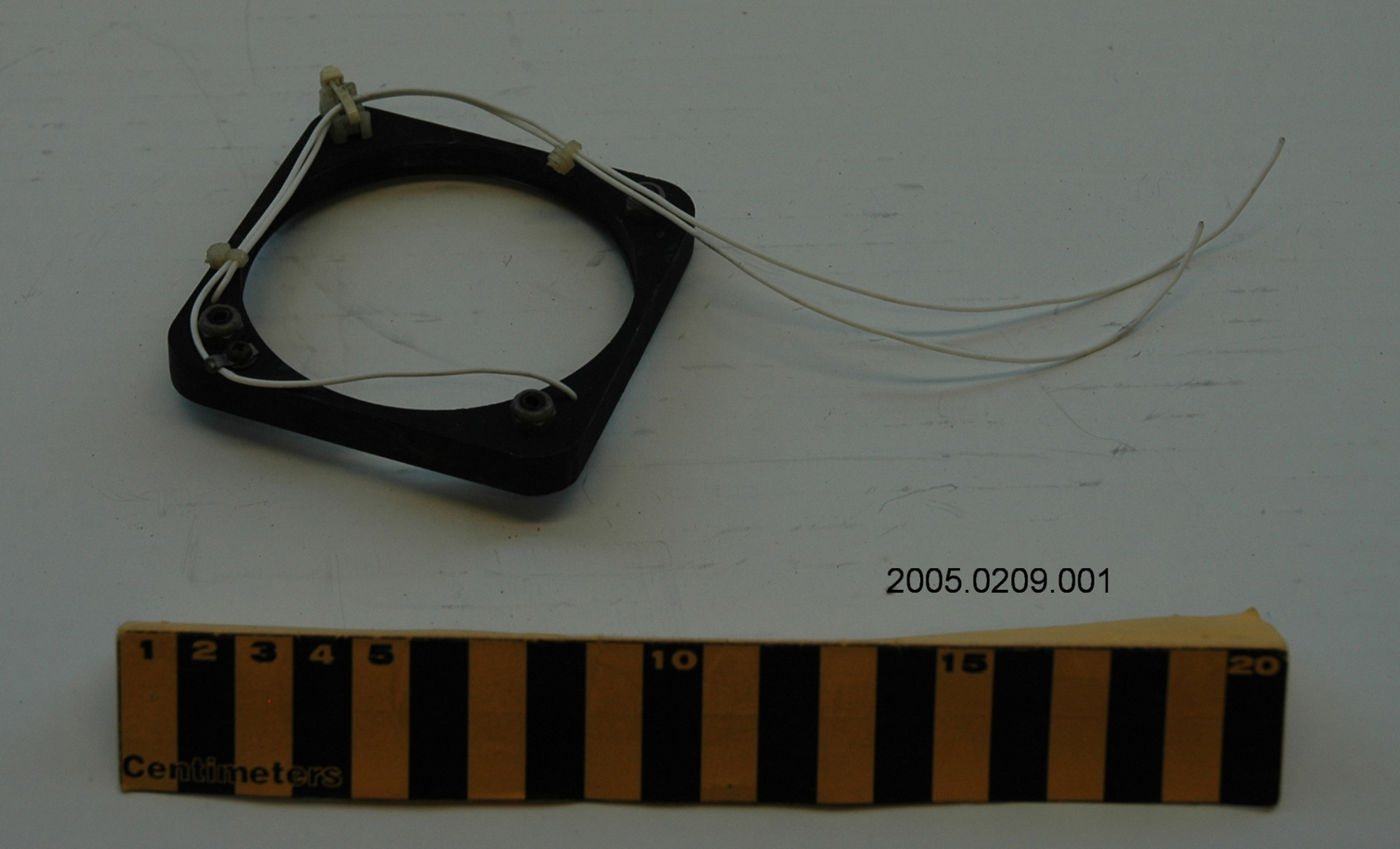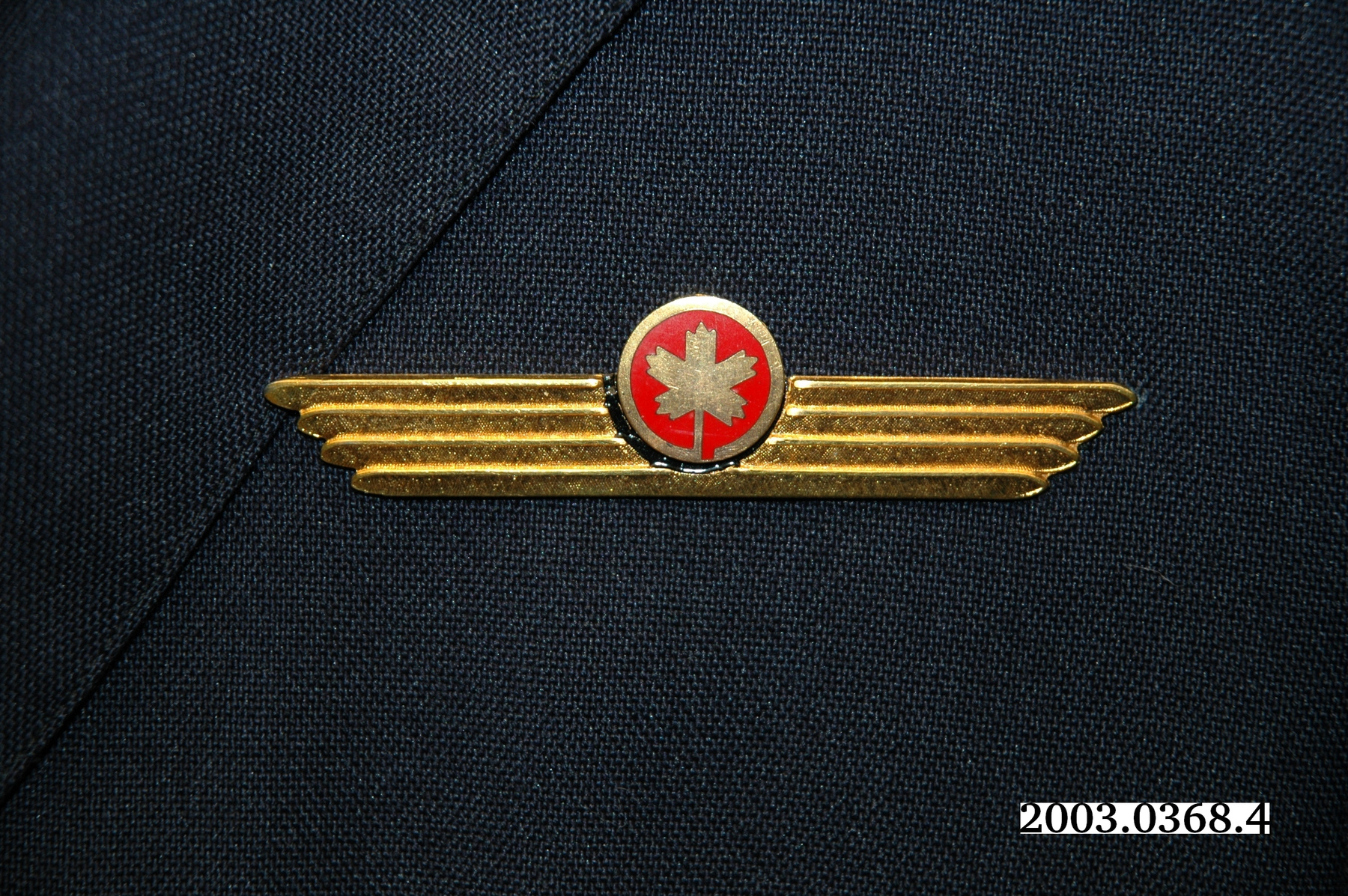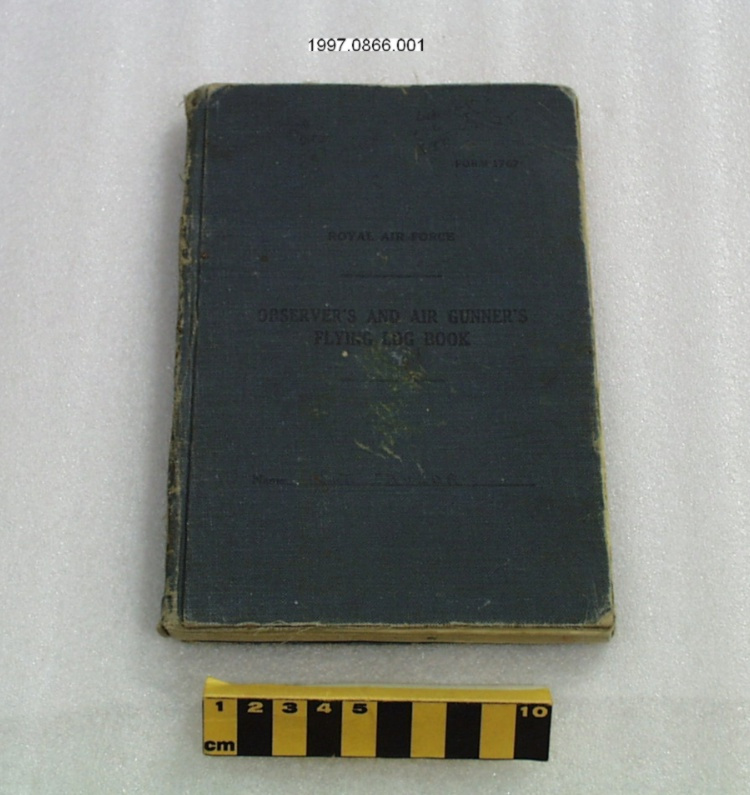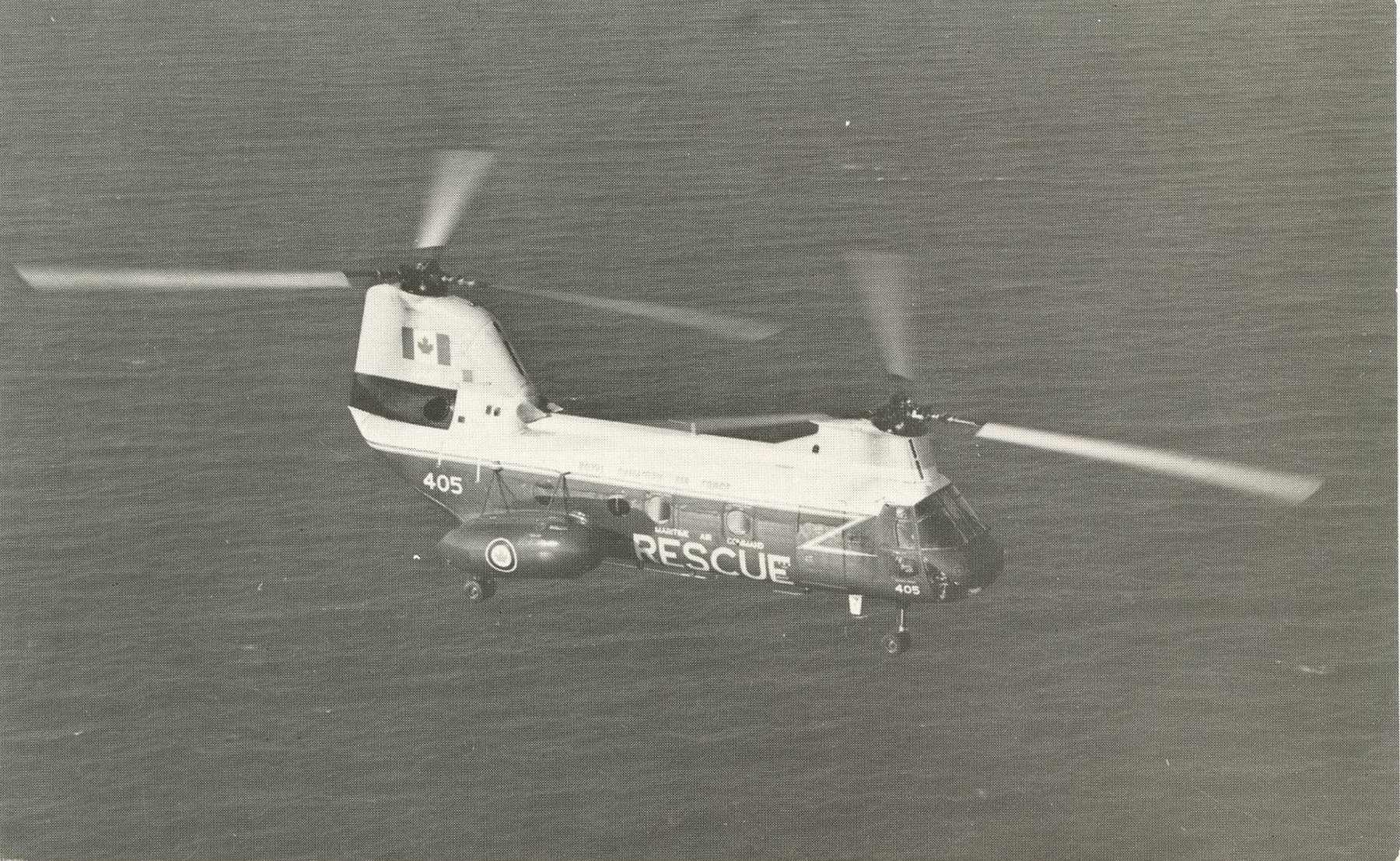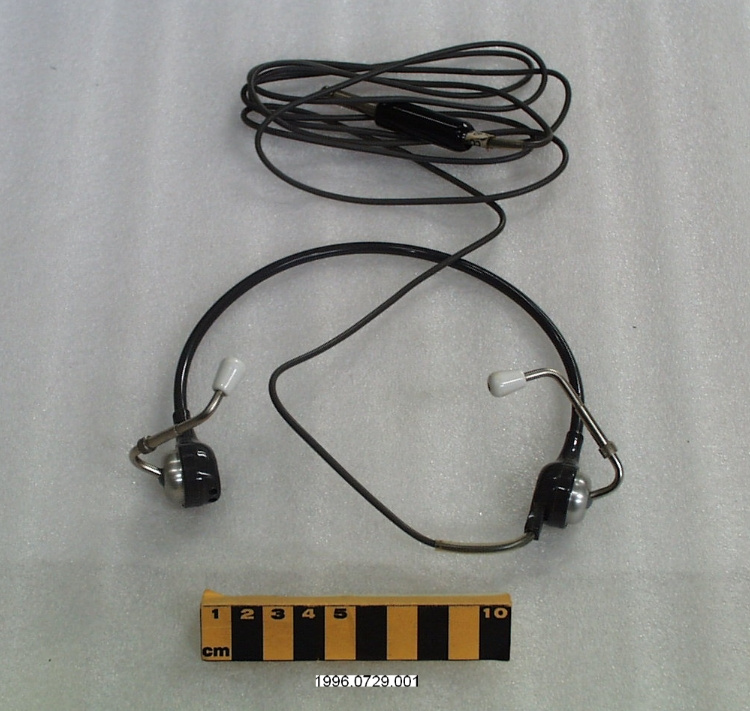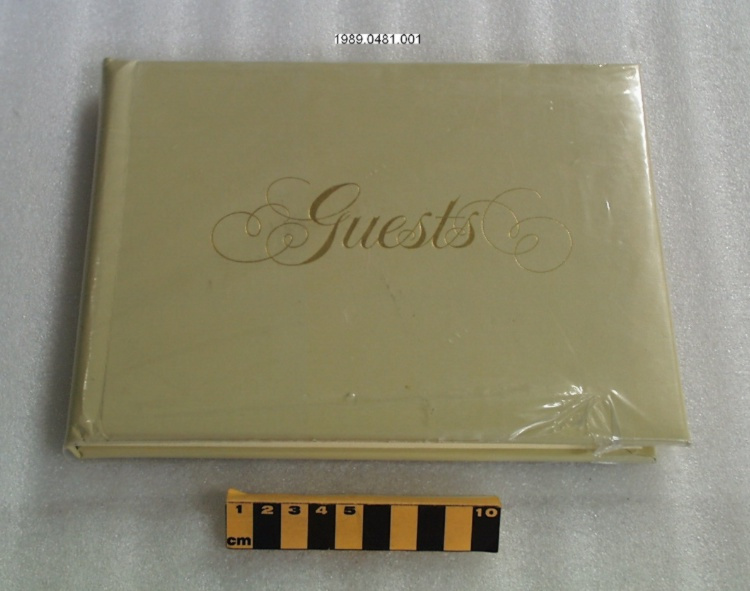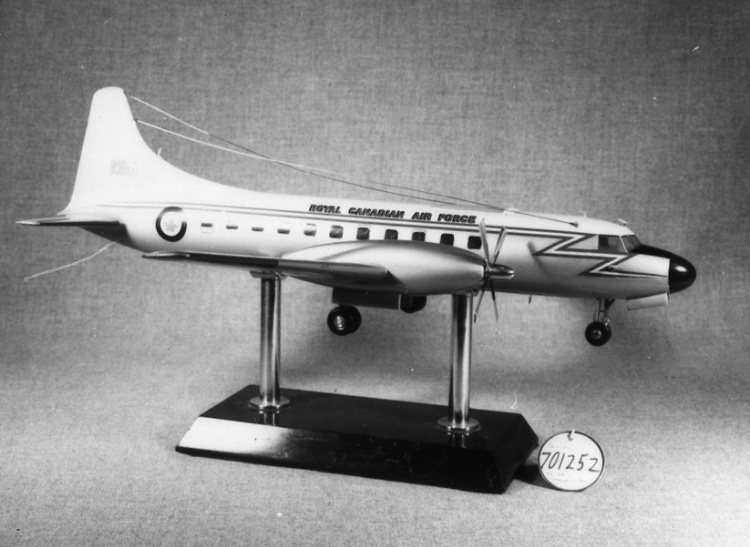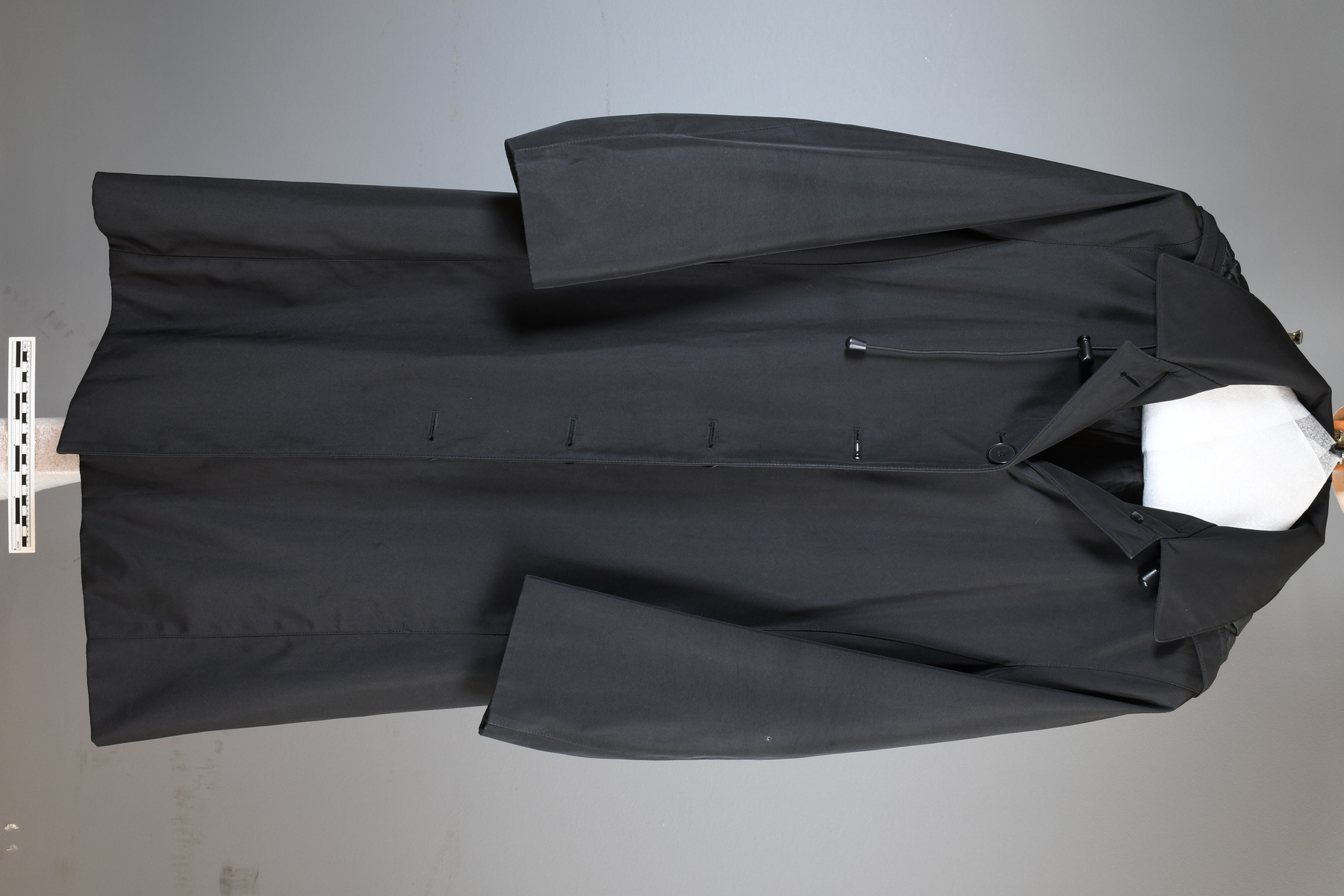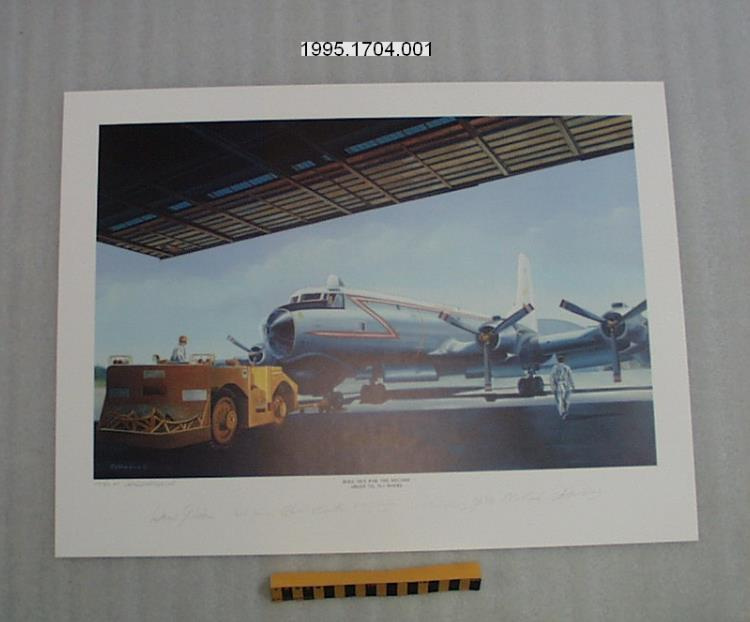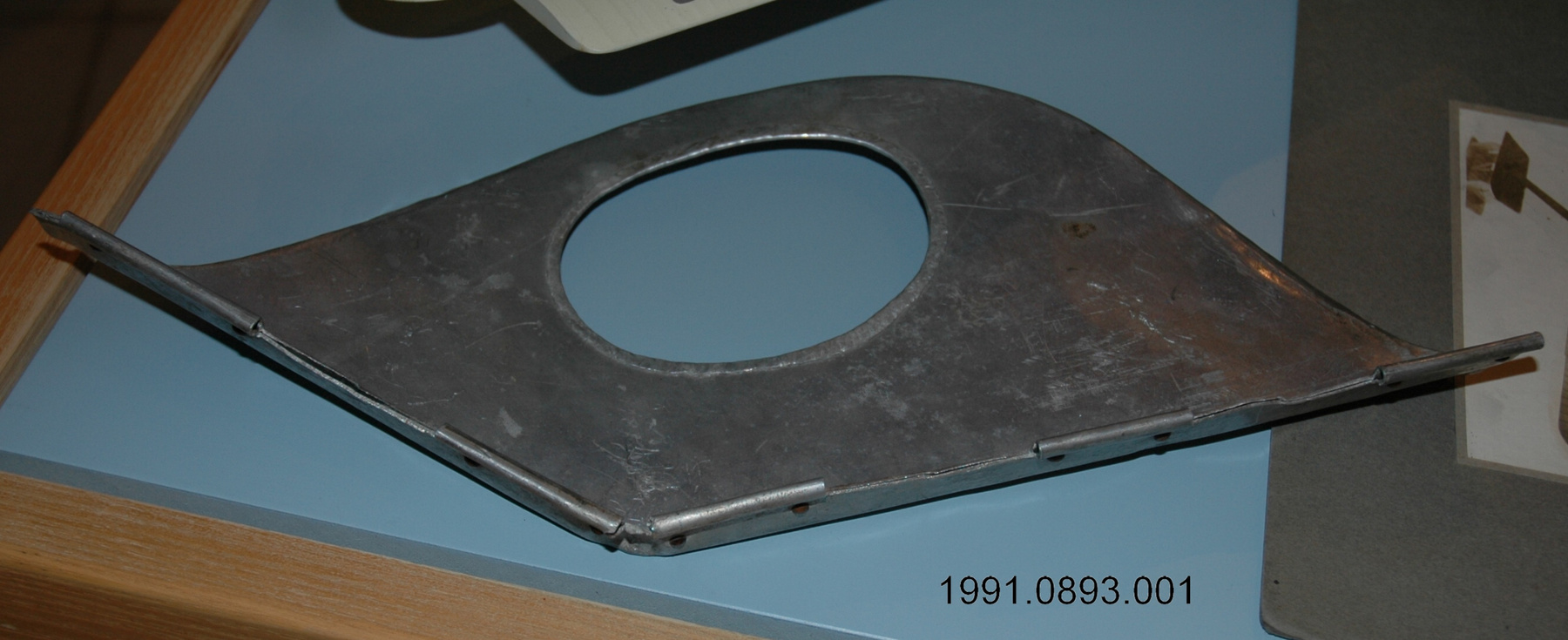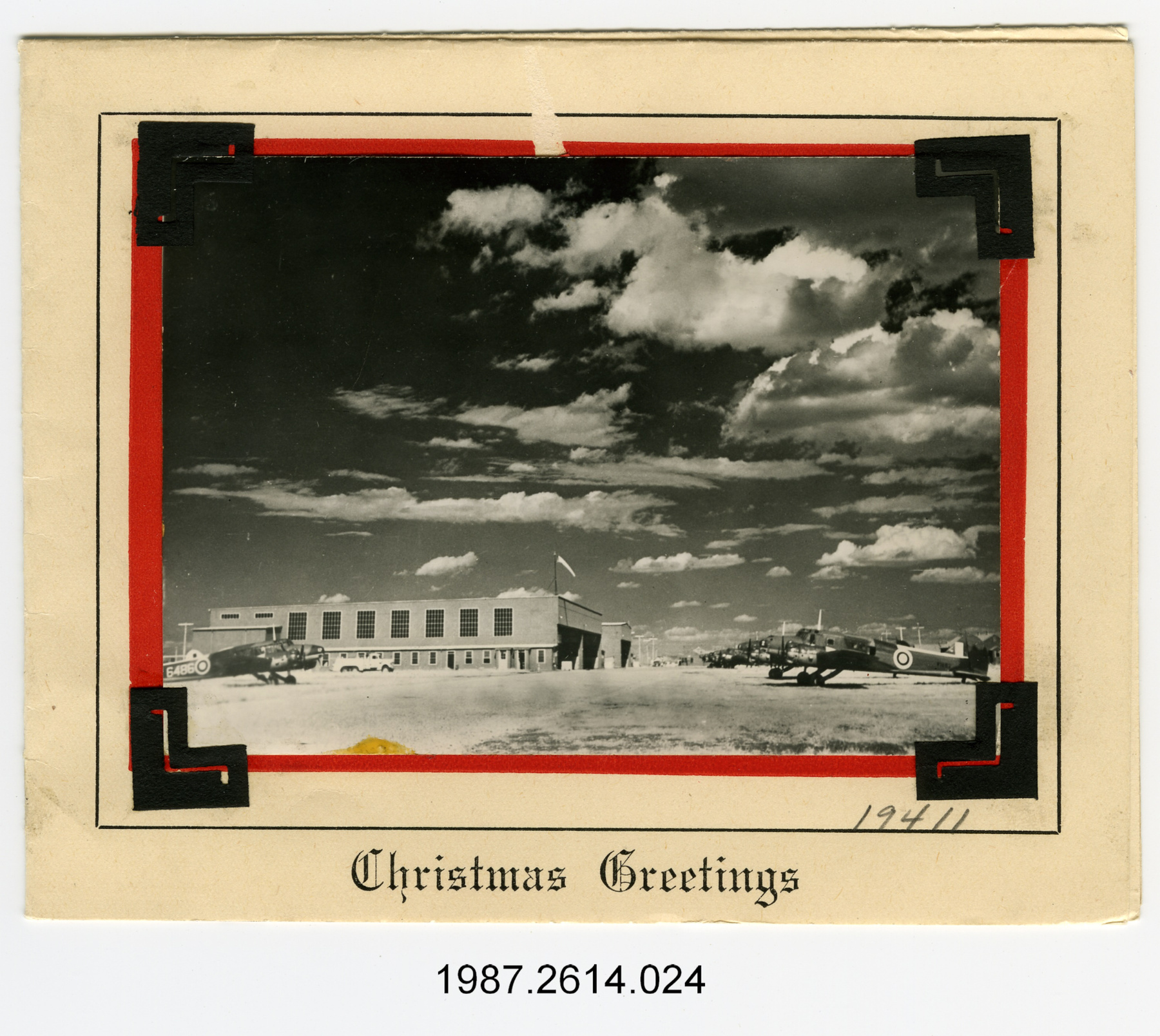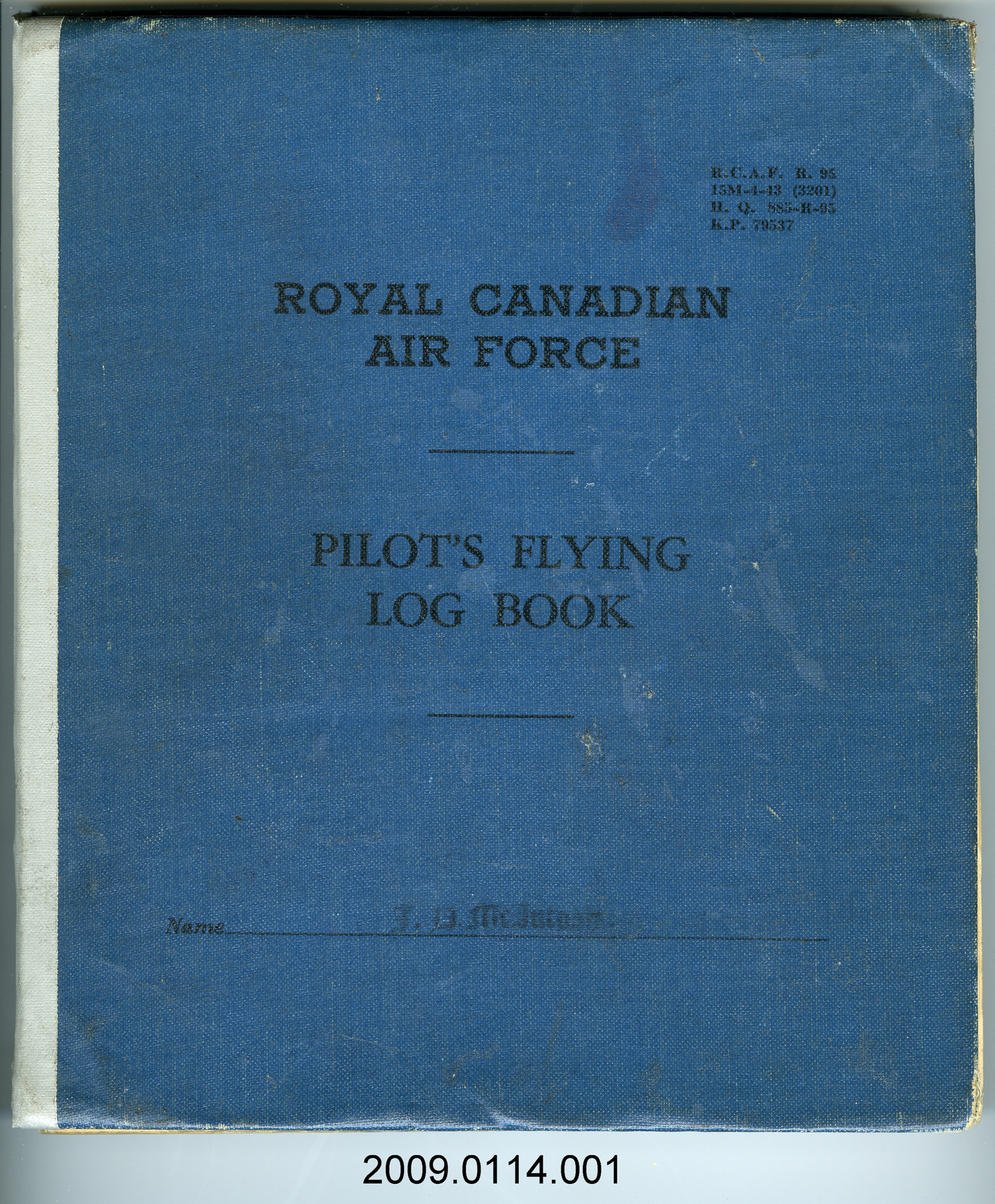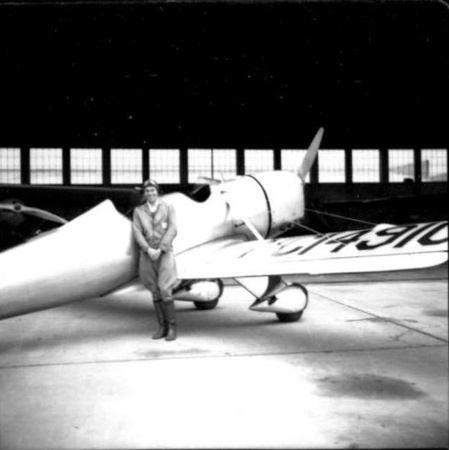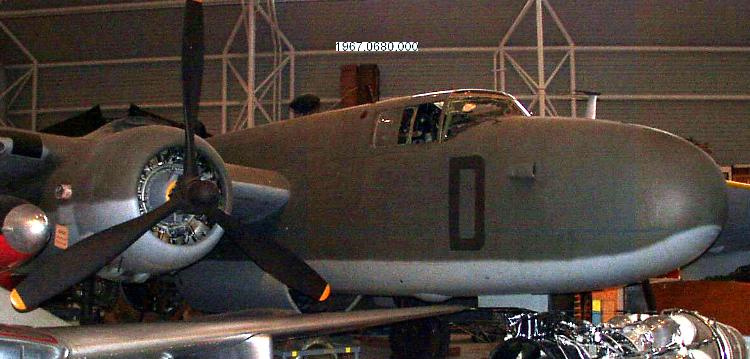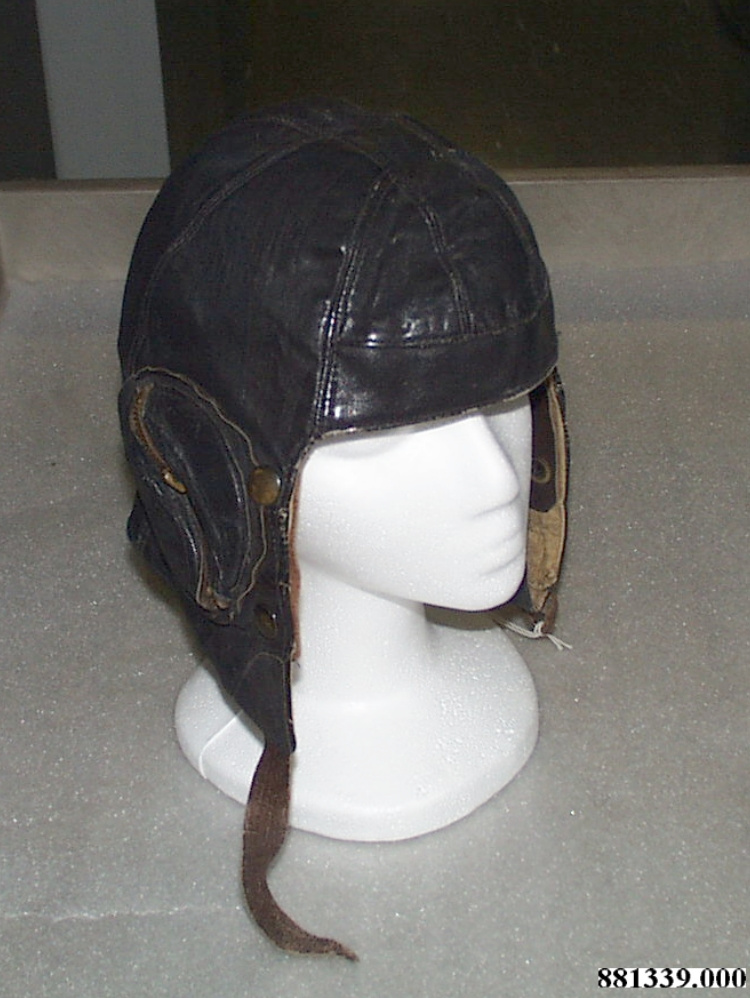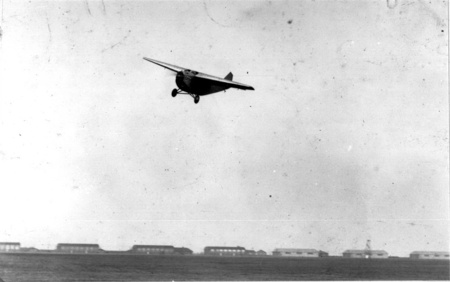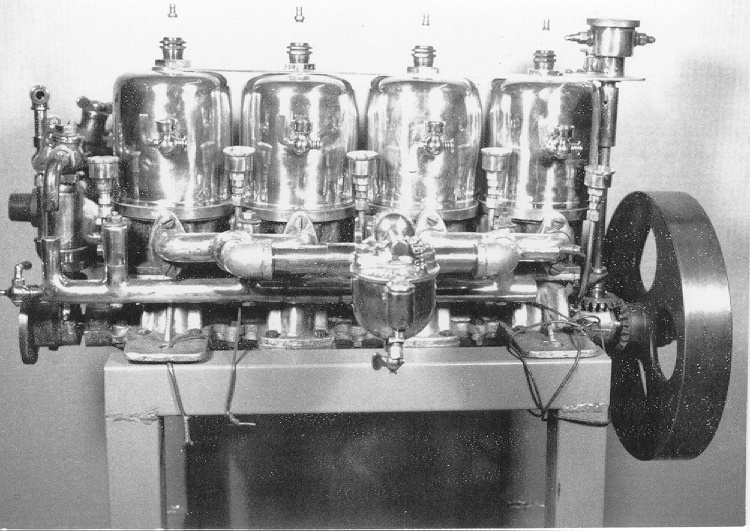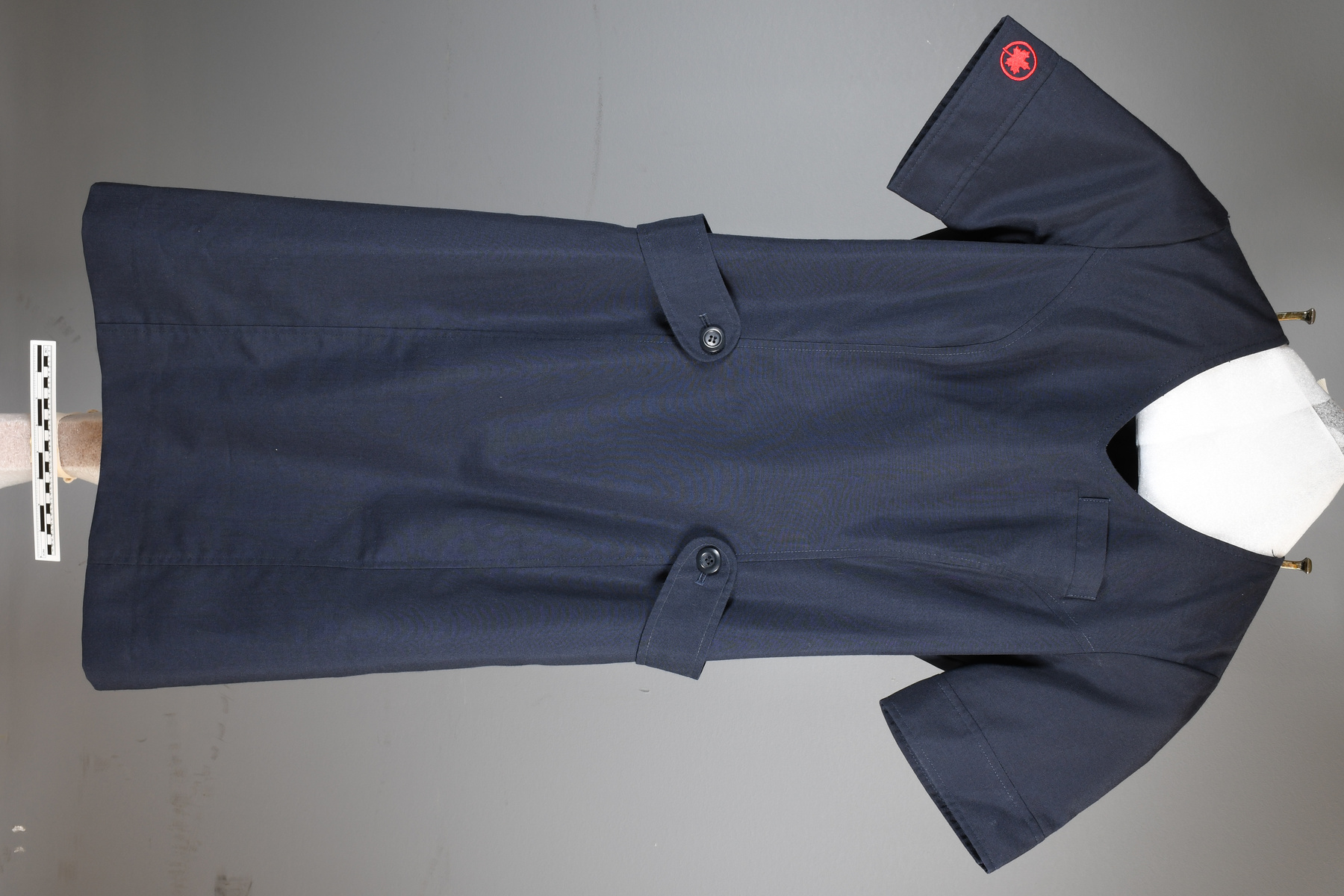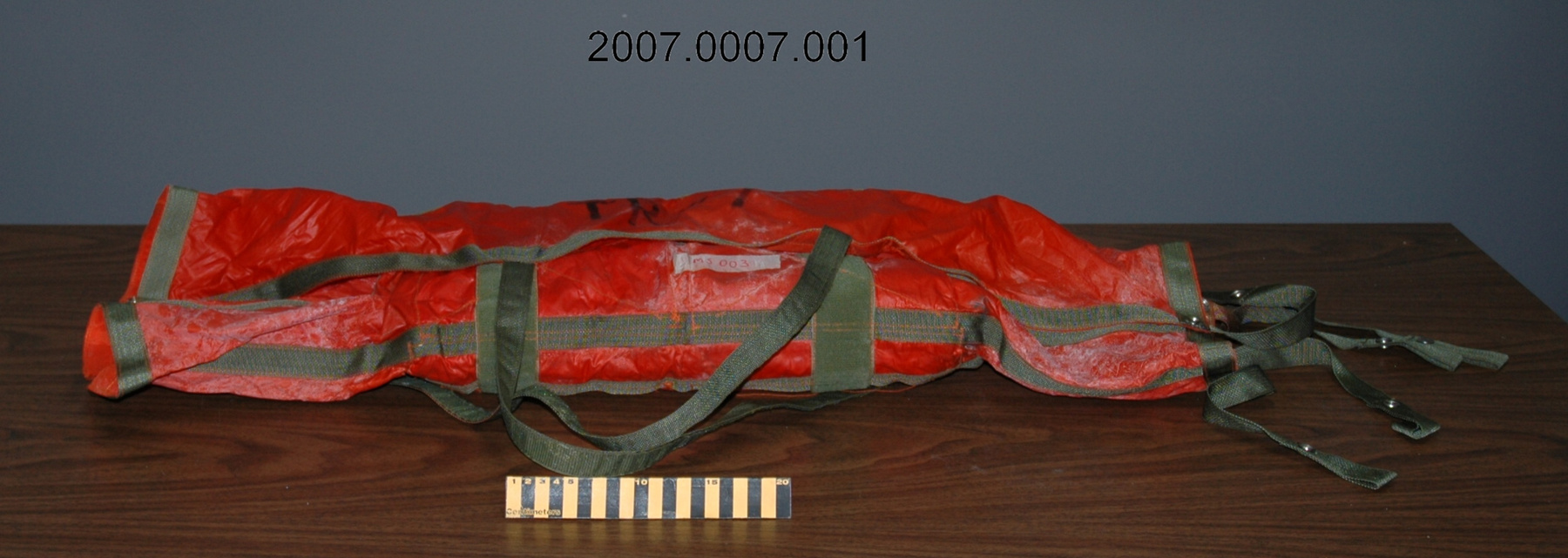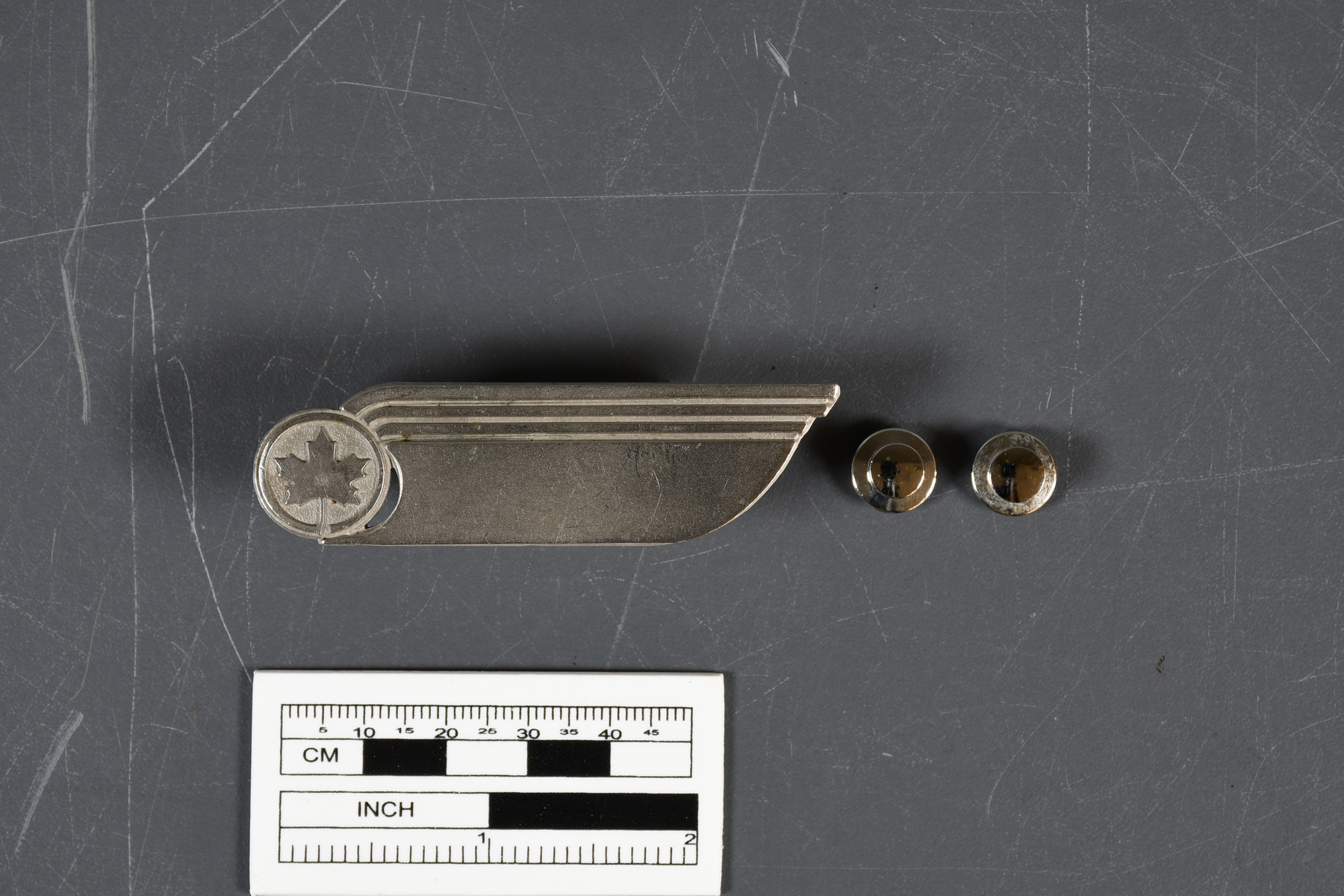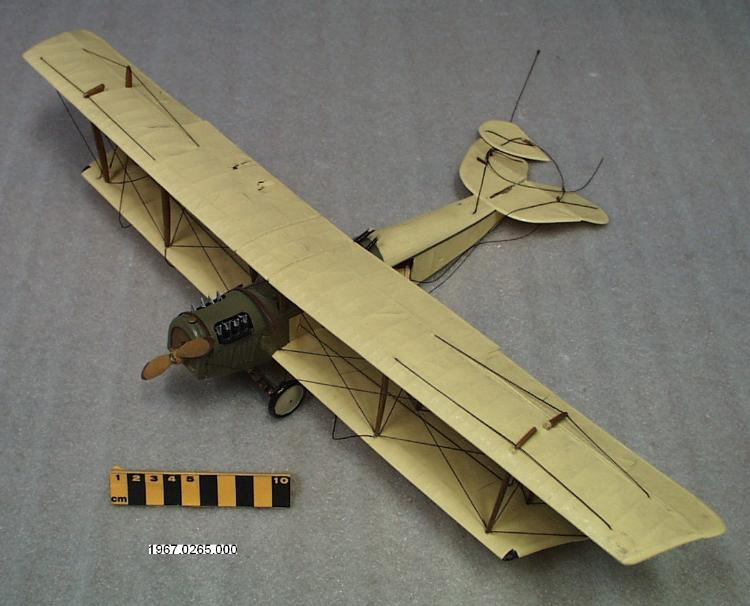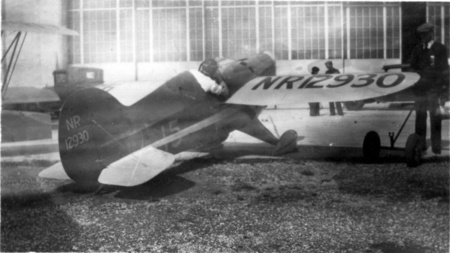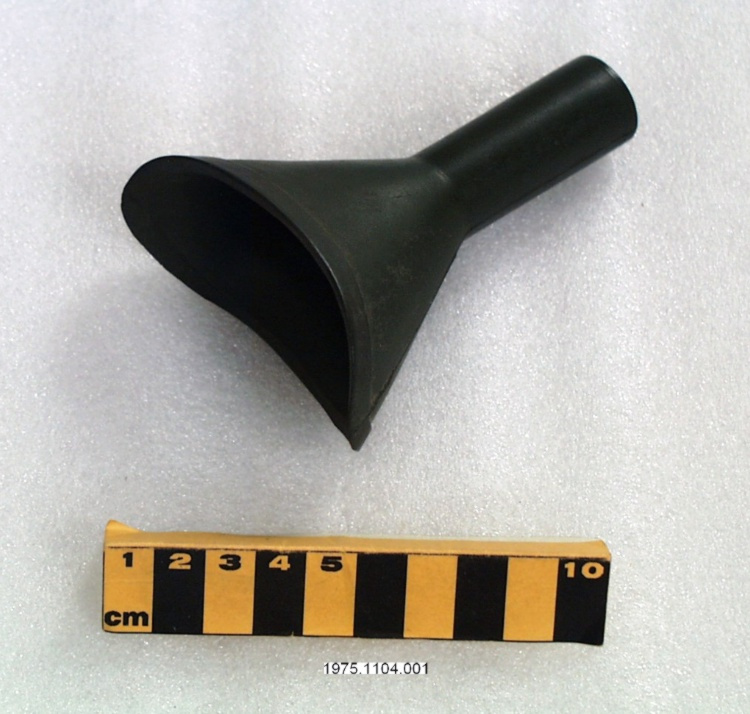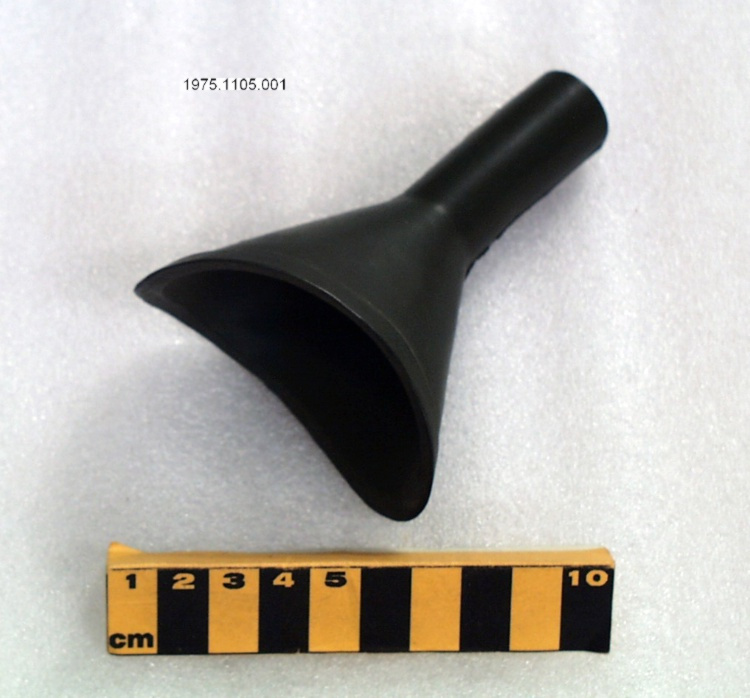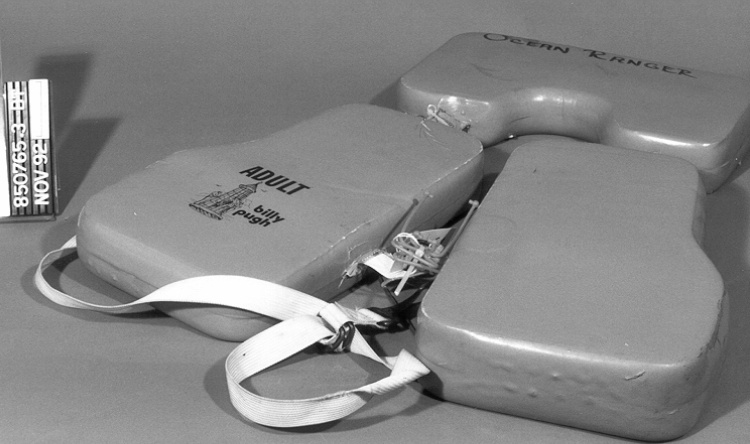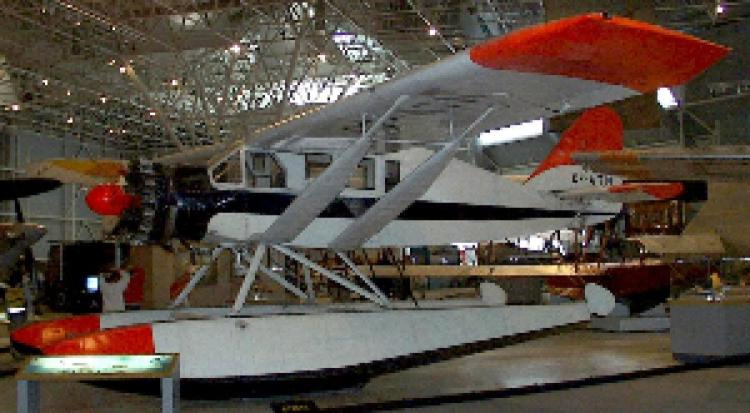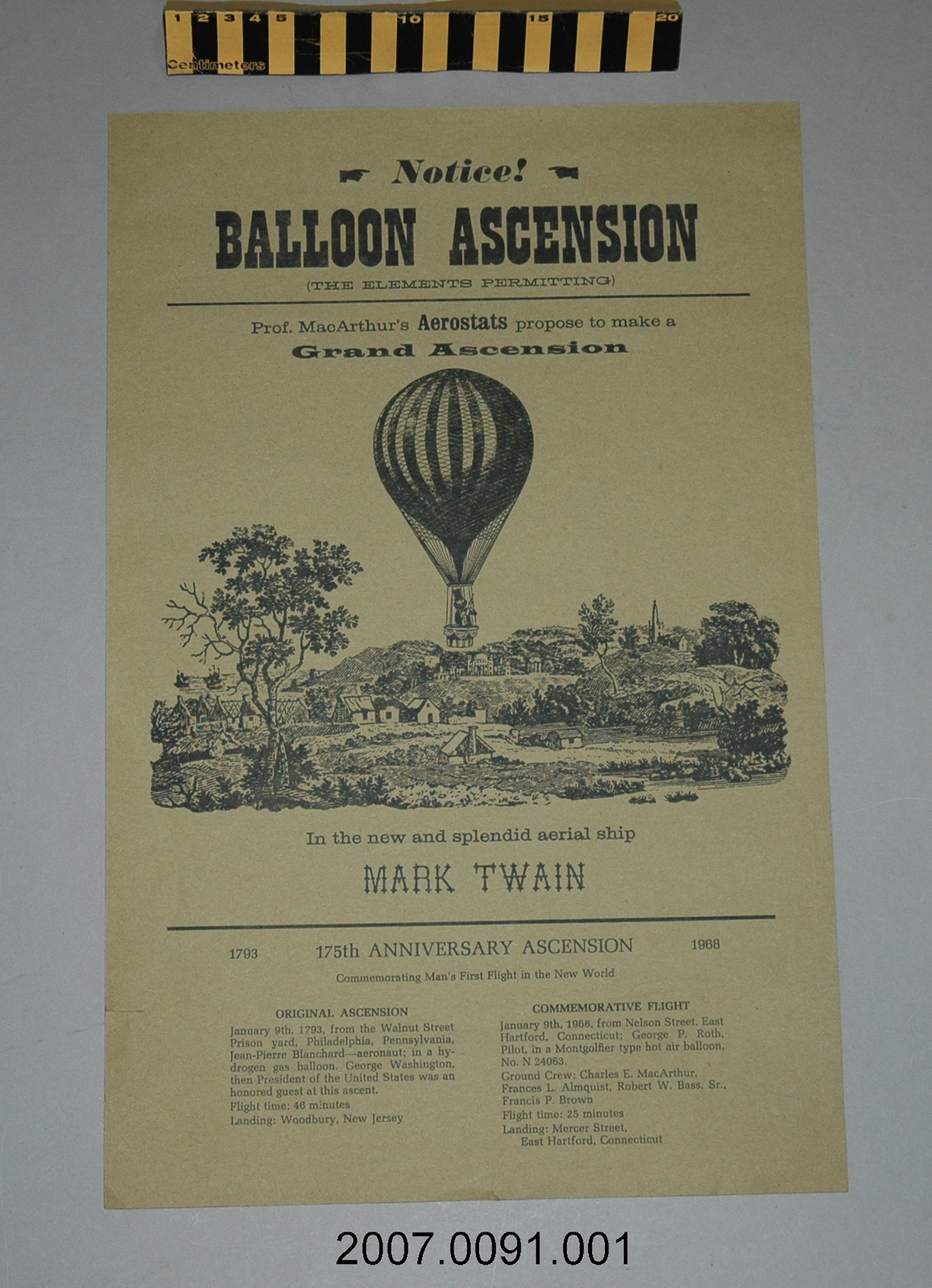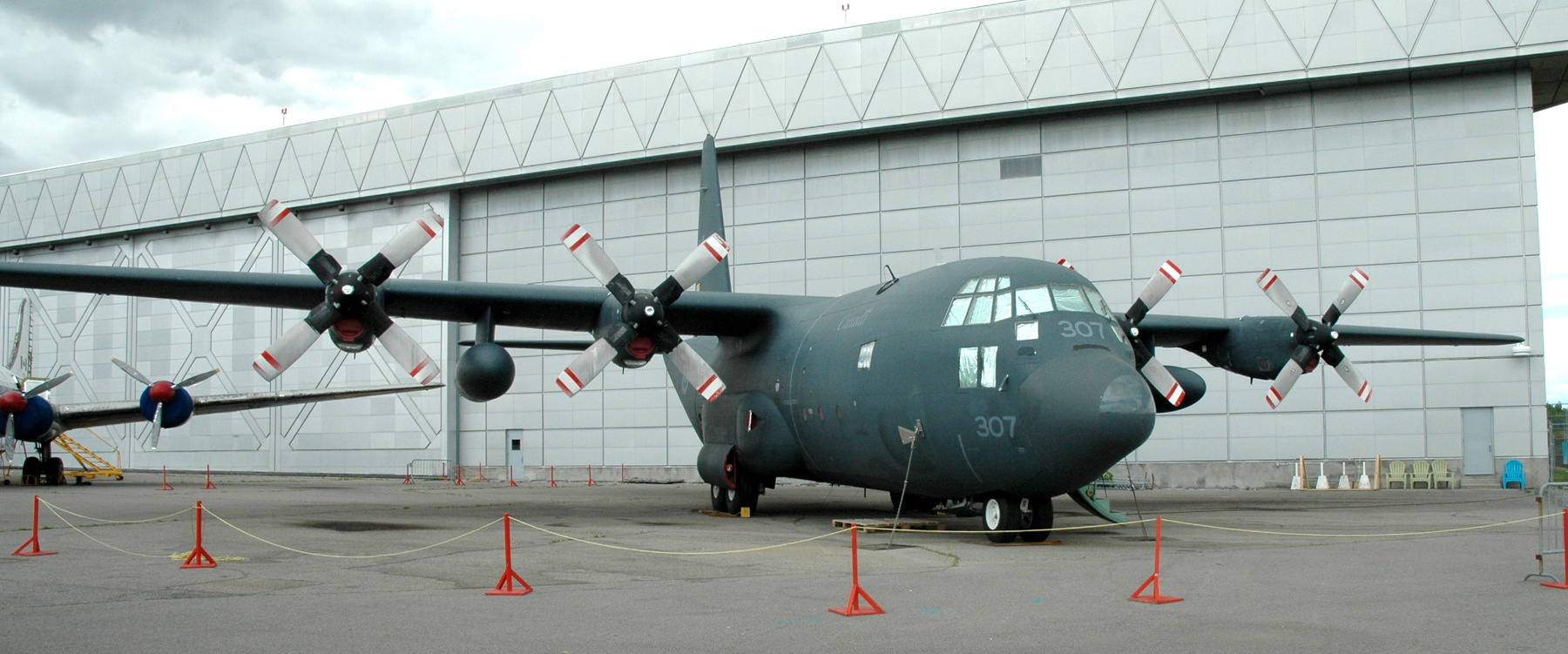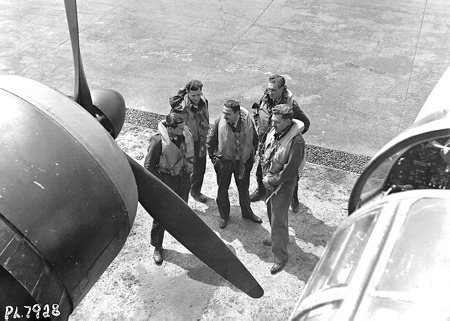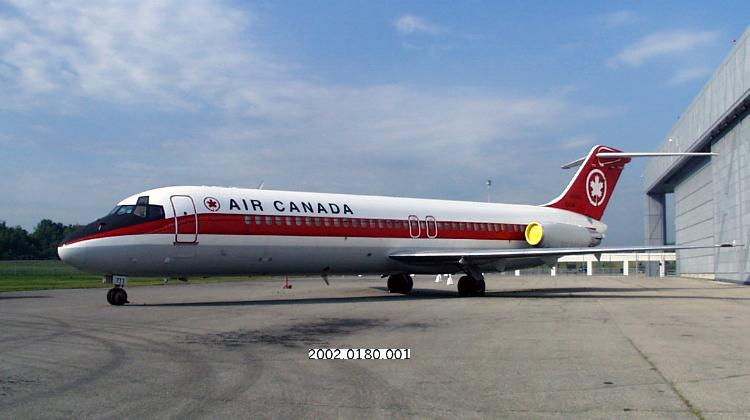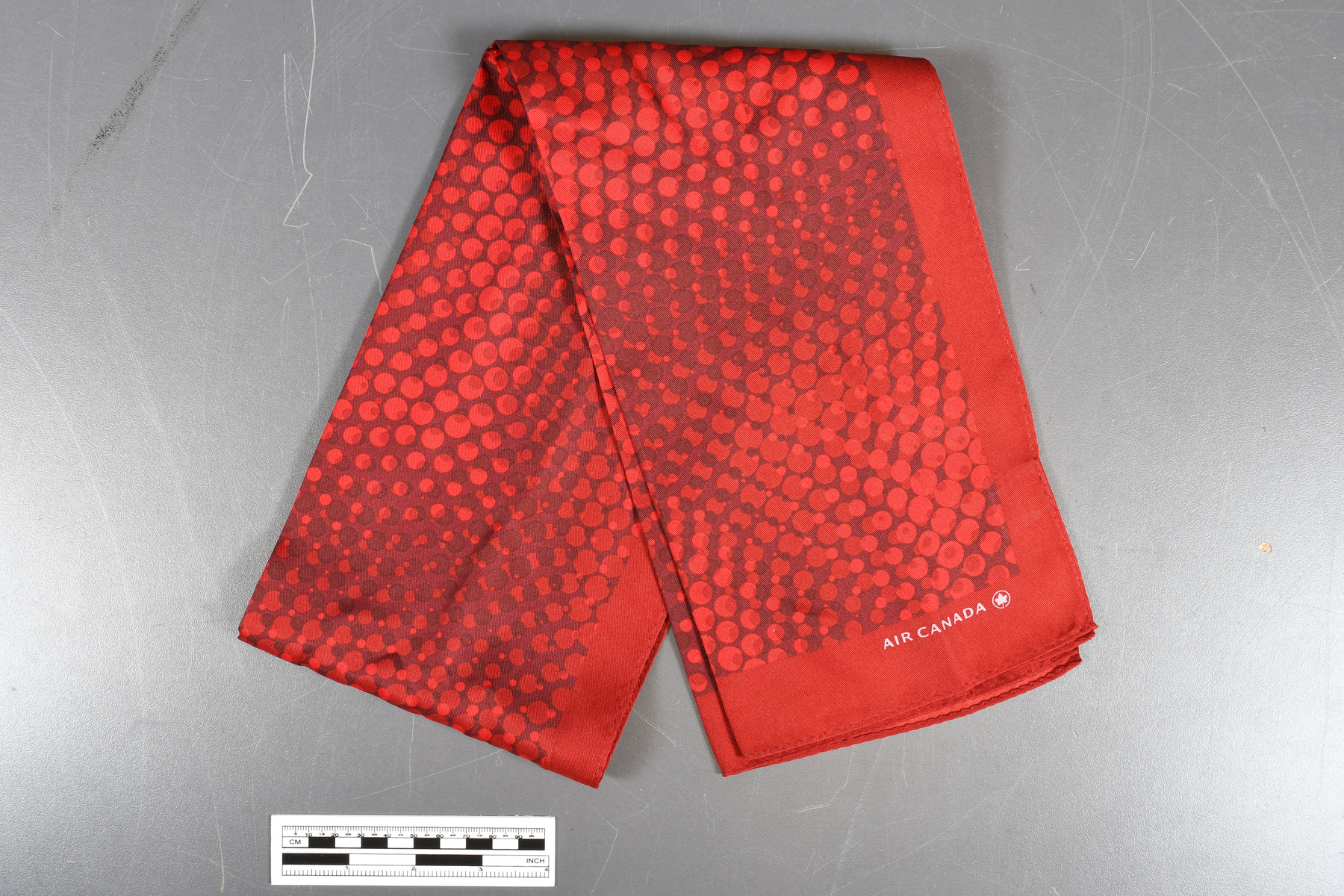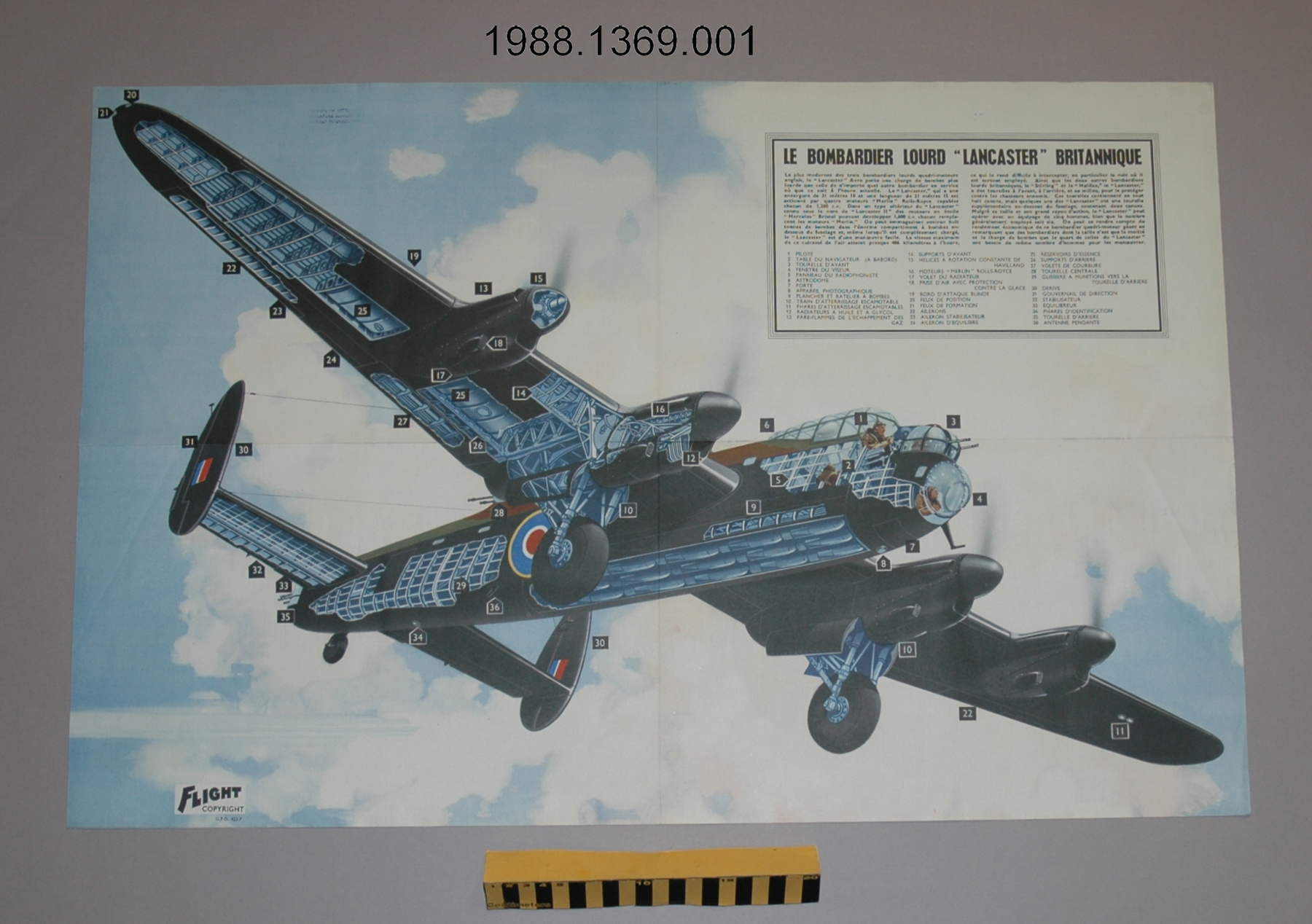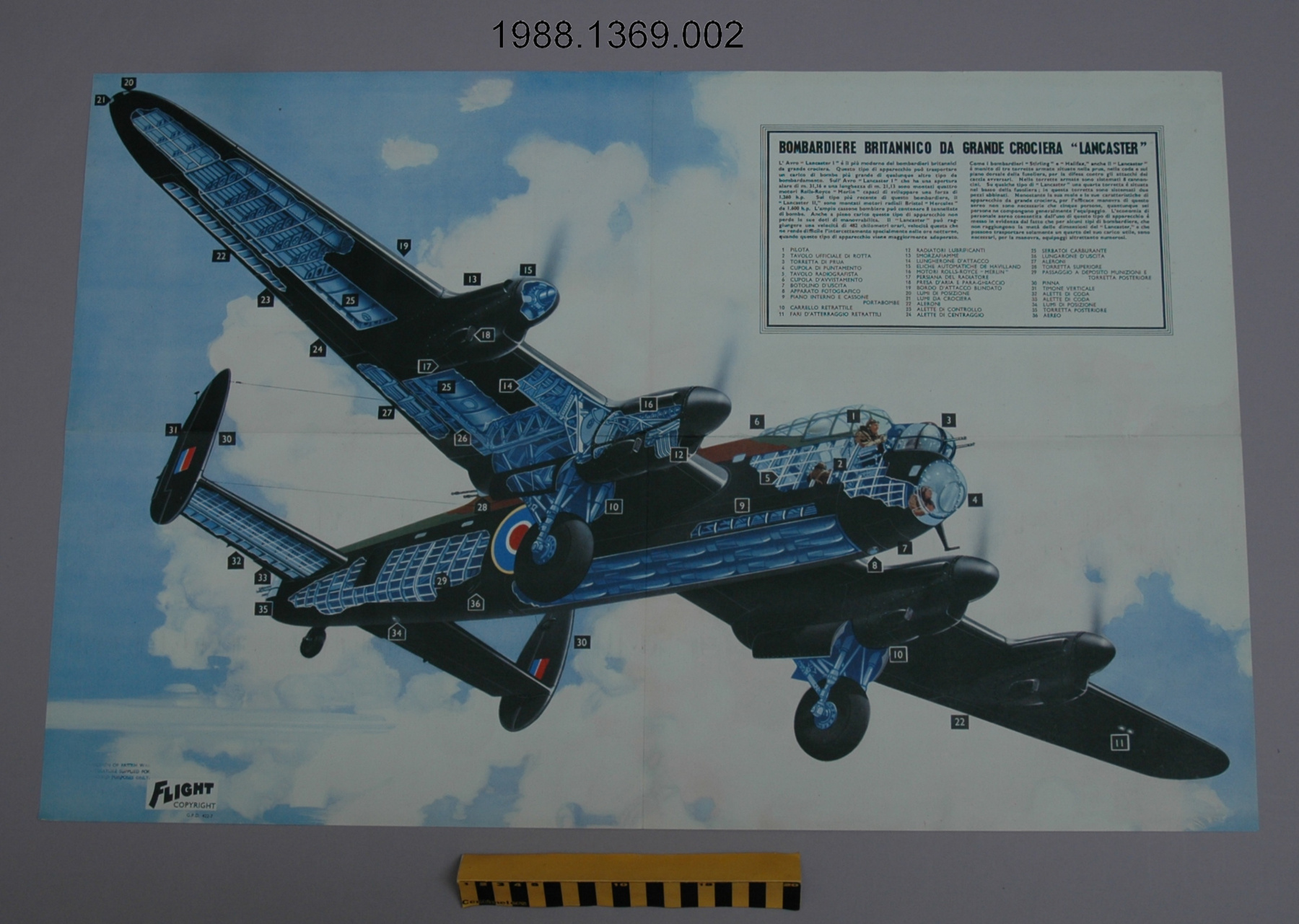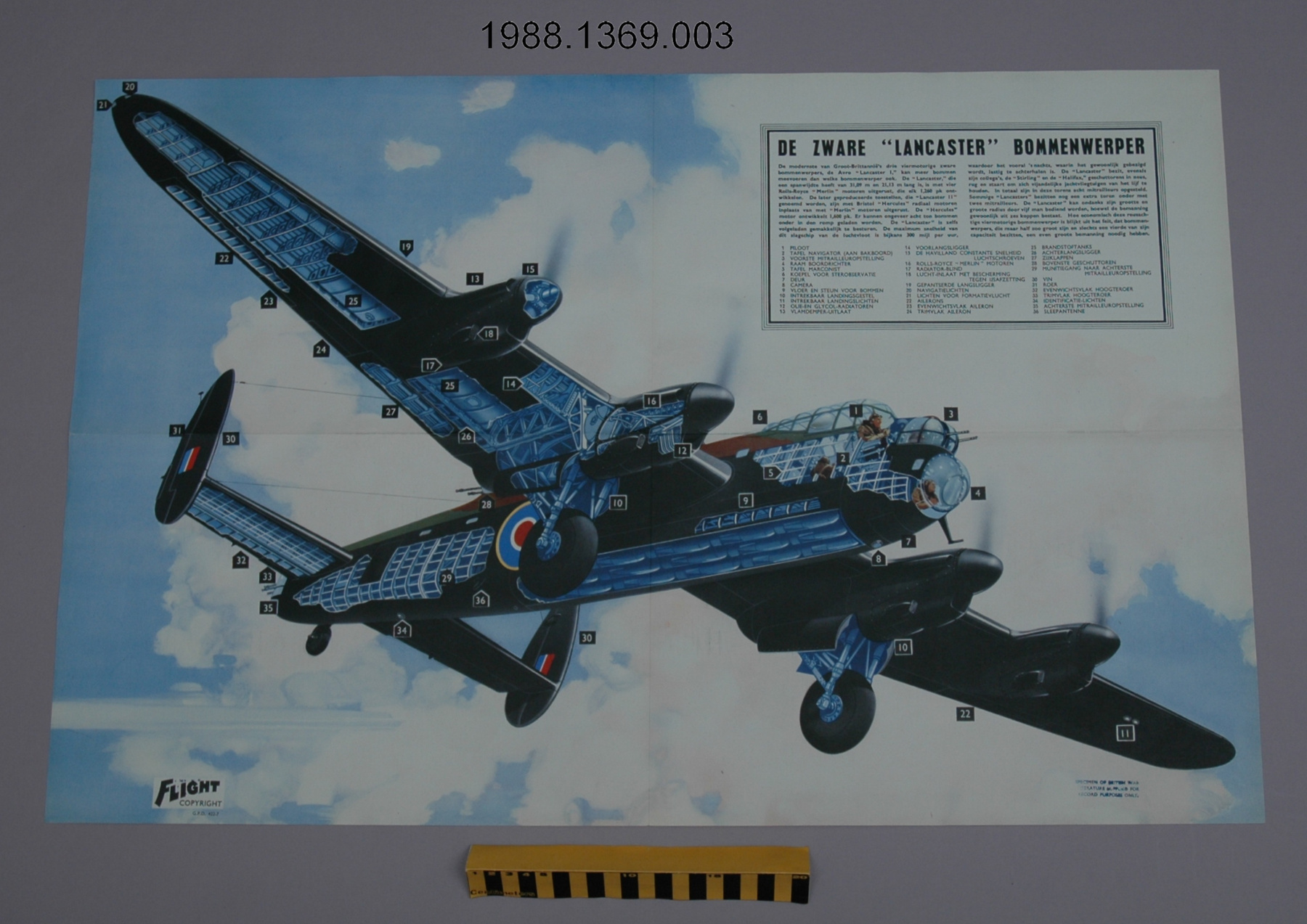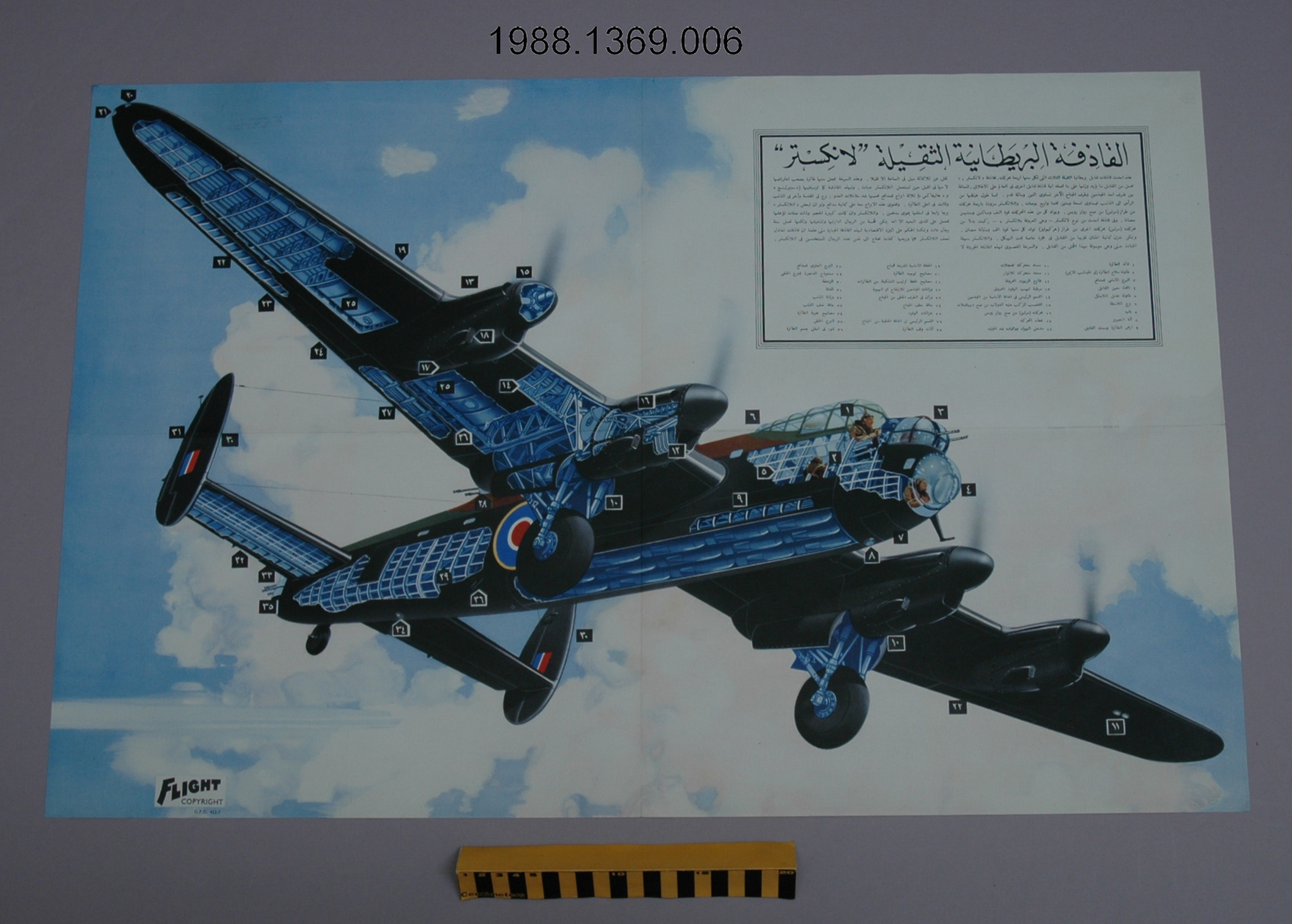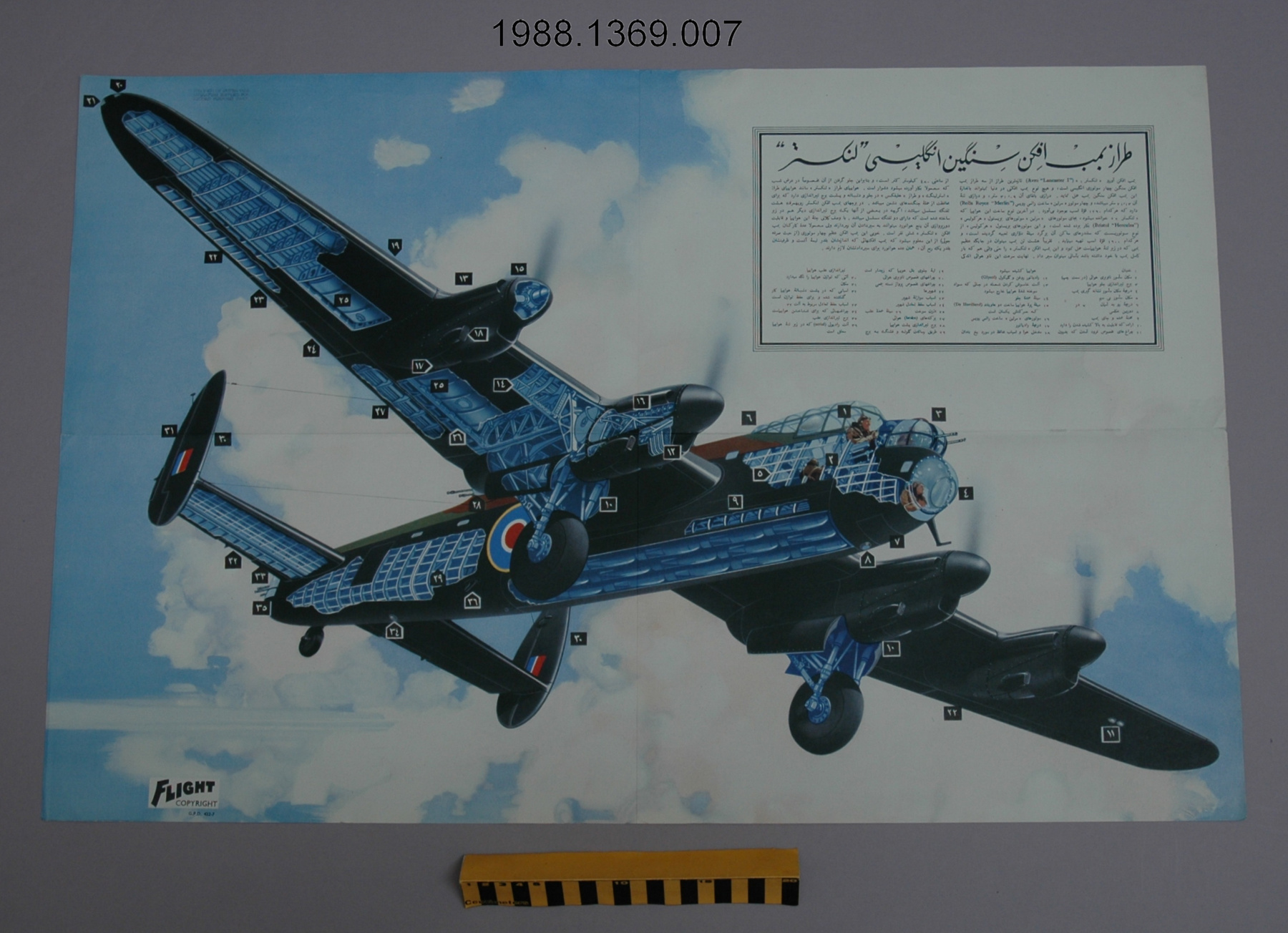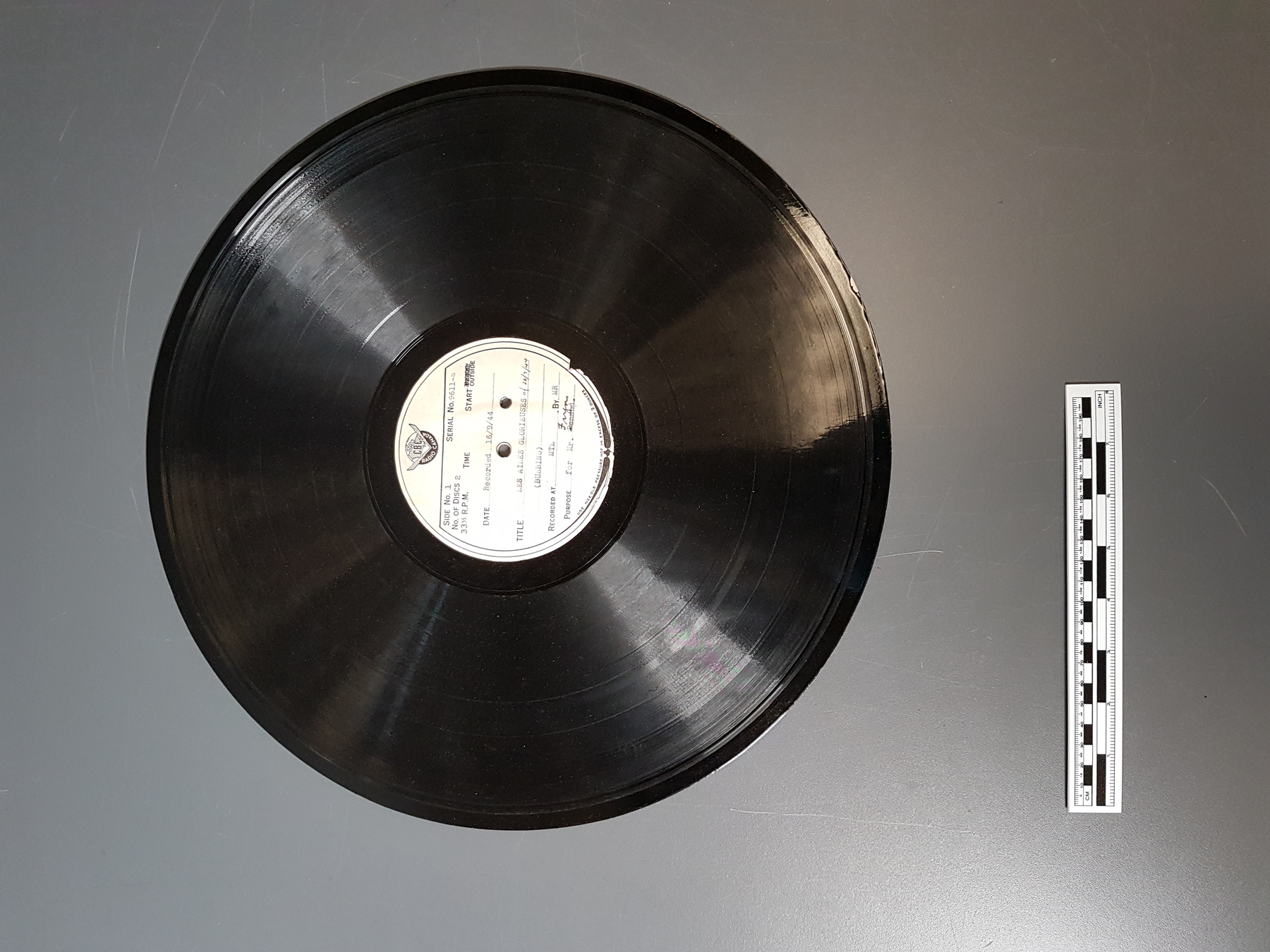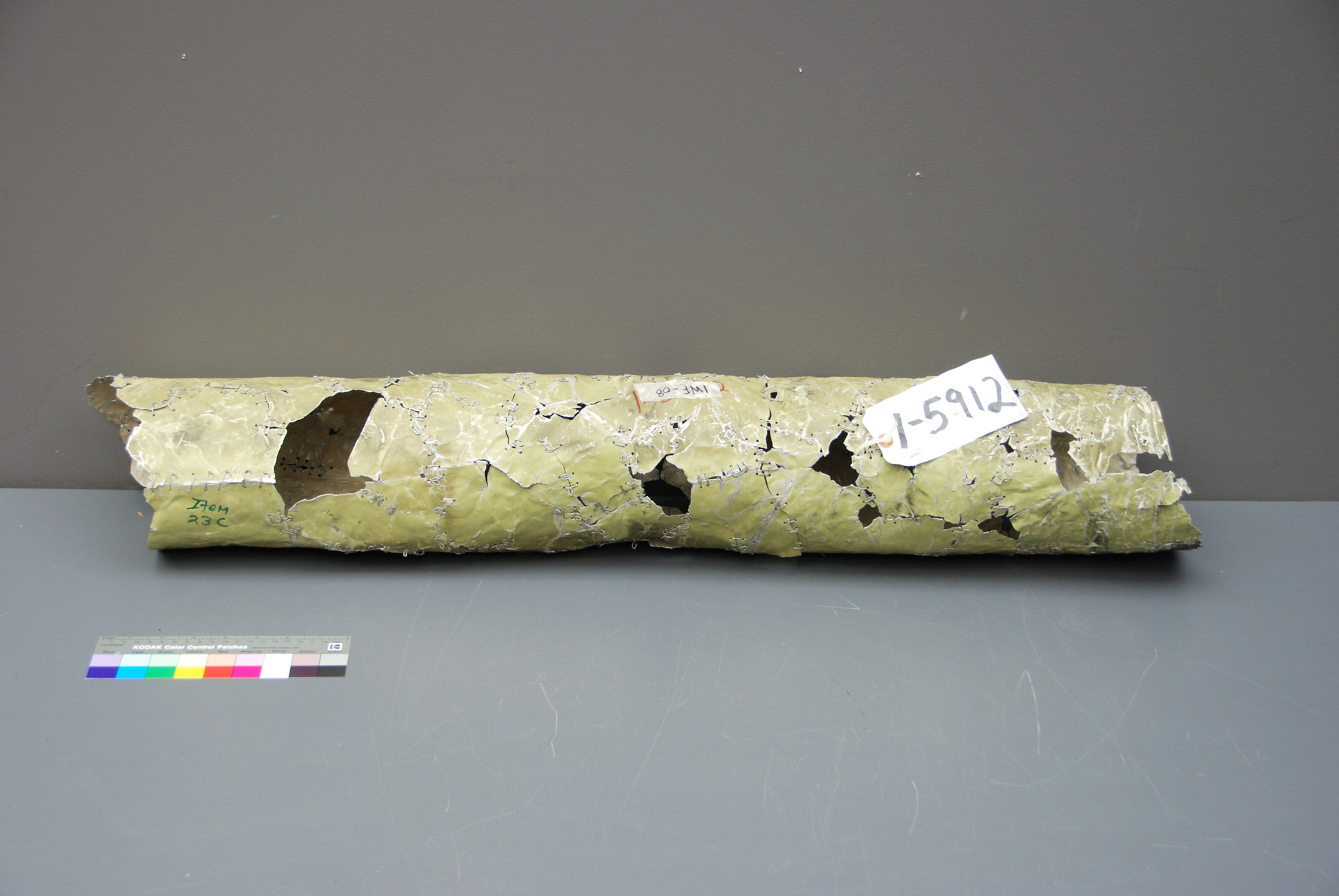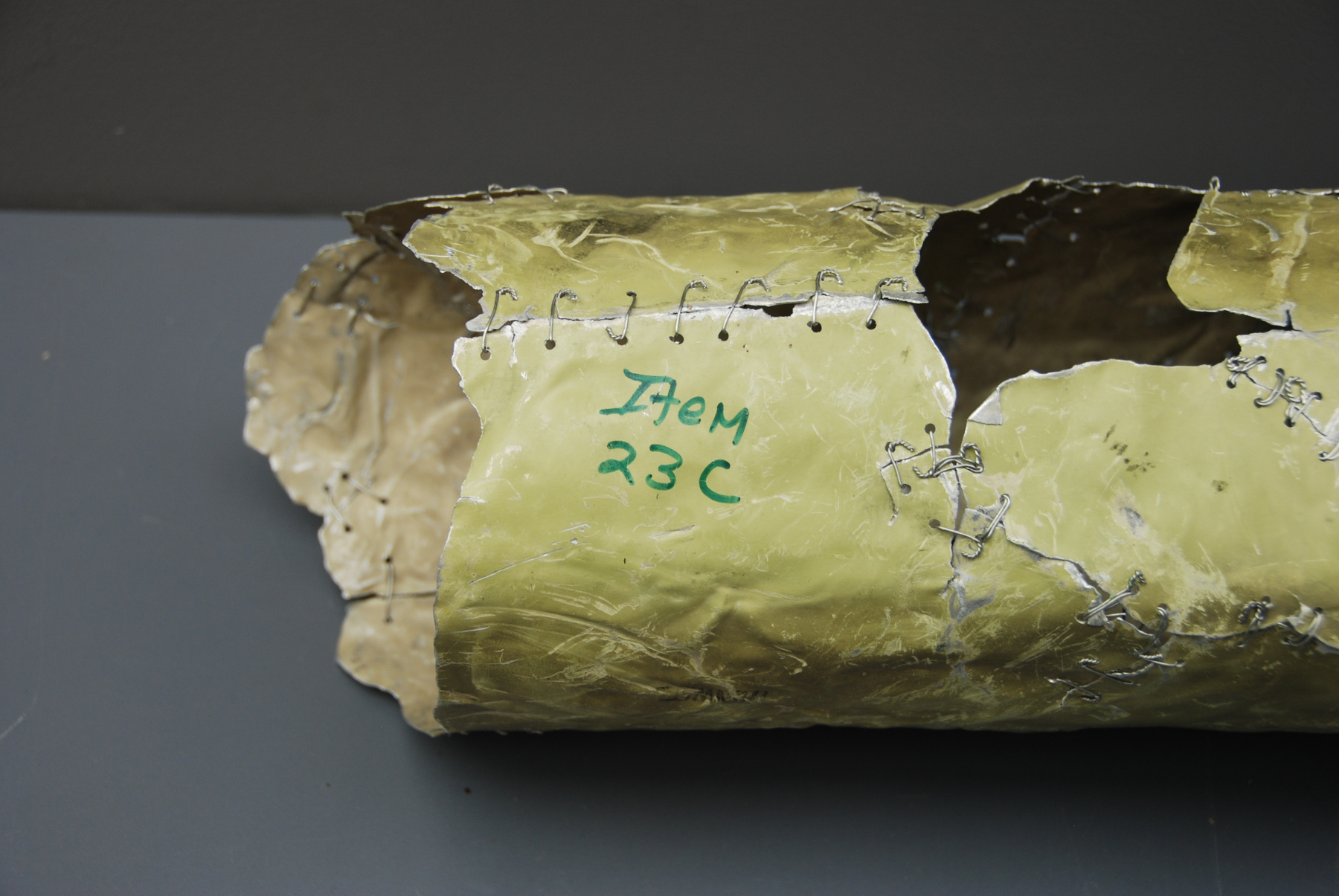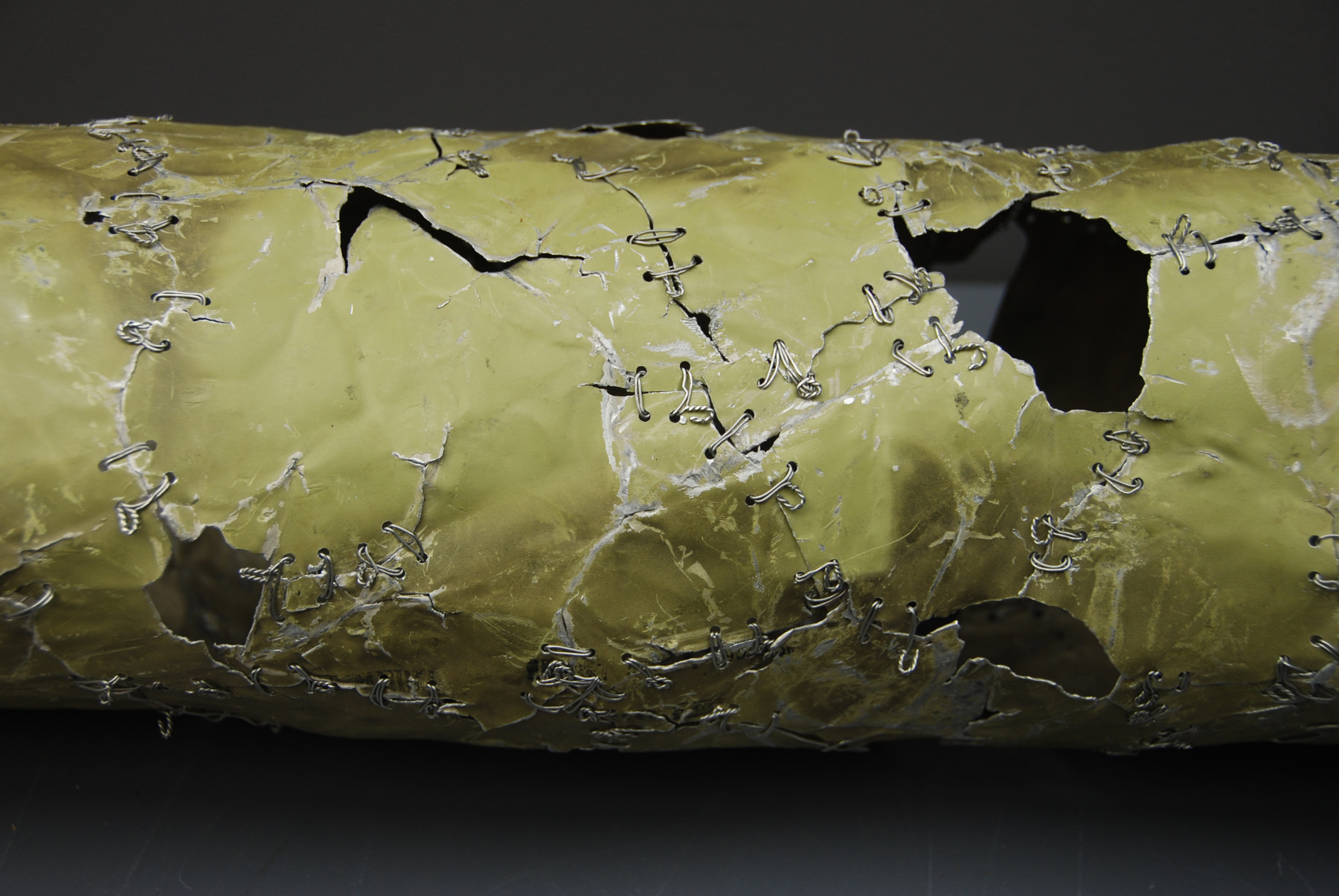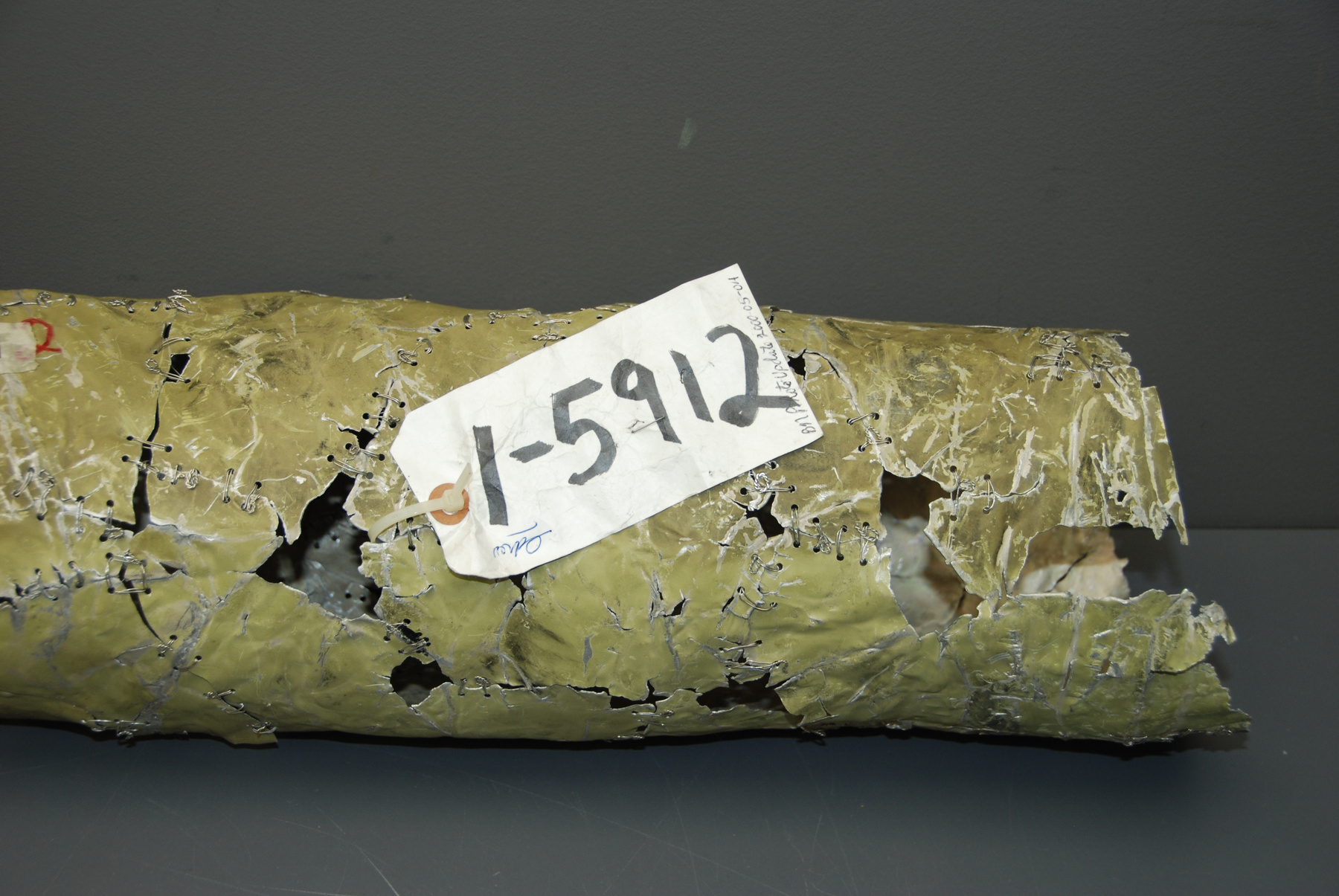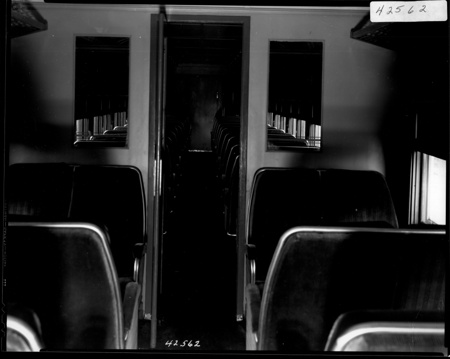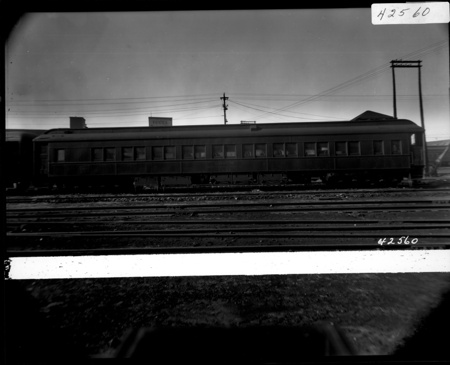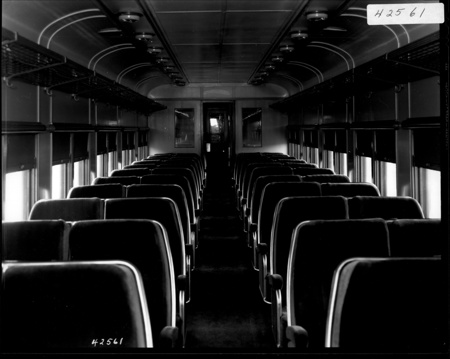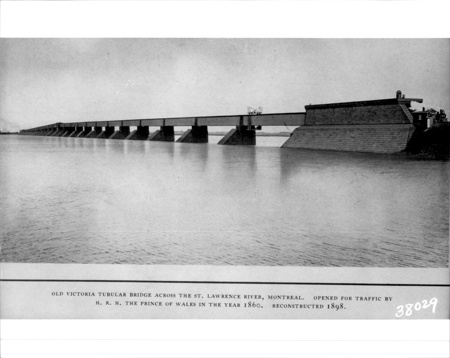Duct, air conditioning
Use this image
Can I reuse this image without permission? Yes
Object images on the Ingenium Collection’s portal have the following Creative Commons license:
Copyright Ingenium / CC BY-NC-ND (Attribution-NonCommercial 4.0 International (CC BY-NC 4.0)
ATTRIBUTE THIS IMAGE
Ingenium,
2014.0201.001
Permalink:
Ingenium is releasing this image under the Creative Commons licensing framework, and encourages downloading and reuse for non-commercial purposes. Please acknowledge Ingenium and cite the artifact number.
DOWNLOAD IMAGEPURCHASE THIS IMAGE
This image is free for non-commercial use.
For commercial use, please consult our Reproduction Fees and contact us to purchase the image.
- OBJECT TYPE
- reconstructed
- DATE
- 1991
- ARTIFACT NUMBER
- 2014.0201.001
- MANUFACTURER
- Unknown
- MODEL
- Swissair Flight 111
- LOCATION
- Unknown
More Information
General Information
- Serial #
- N/A
- Part Number
- 1
- Total Parts
- 1
- AKA
- N/A
- Patents
- N/A
- General Description
- Fluid-resistant primer paint on aluminum. Silver metal wires. Coated white paper tied to artifact with a synthetic tie.
Dimensions
Note: These reflect the general size for storage and are not necessarily representative of the object's true dimensions.
- Length
- 98.0 cm
- Width
- N/A
- Height
- N/A
- Thickness
- N/A
- Weight
- N/A
- Diameter
- 17.0 cm
- Volume
- N/A
Lexicon
- Group
- Aviation
- Category
- Aircraft parts
- Sub-Category
- N/A
Manufacturer
- AKA
- Unknown
- Country
- Unknown
- State/Province
- Unknown
- City
- Unknown
Context
- Country
- Canada
- State/Province
- Nova Scotia
- Period
- Unknown
- Canada
-
Taken from acquisition proposal, reference #1: On the evening of Wednesday, September 2nd, 1998, a scheduled airline flight known as Swissair Flight 111 left John F. Kennedy International Airport, in New York City. The 215 passengers and 14 crew members on board were flying to the Aéroport international de Genève, in Switzerland. The airplane used for on this particular flight was one of the sixteen McDonnell Douglas MD-11 three-engined jetliners built for the Swiss national carrier. Registered as HB-IWF and carrying the fleet name Vaud, this early production airplane was completed in 1991. About 53 minutes after takeoff, the flight crew, i.e. the pilot and co-pilot, noticed an unusual smell in the cockpit and apparently saw a little bit of smoke. They began to investi-gate and seemingly concluded that the smell came from the air conditioning system. The smoke went away but quickly returned, in greater volume. The flight crew contacted the air traffic controller responsible for them to say that they had a problem and ask for permission to change course toward Boston. Told that Halifax was a lot closer, they agreed to fly there. At some later point, the two men informed an air traffic controller in Moncton of their need to dump fuel prior to landing. The latter diverted the airplane toward St Margaret’s Bay, not too far from the airport. The autopilot failed which meant that the flight crew had to take control of the airplane. Soon after, they contacted an air traffic controller in Moncton to declare an emergency. The flight crew had lost electrical power in the cockpit and had to use flashlights. As they began to dump fuel, various sensors started to fail. The flight data recorder and cockpit voice recorder also stopped, as did the radio system. By then, flames may have been visible in the cockpit. The flight crew fought to keep the airplane in the air for another five minutes and half minutes. About 73 minutes after take off, the MD-11 hit the water a few kilometres off shore, at the entrance of St Margaret’s Bay, off the fishing / tourist communities of Peggy’s Cove and Bayswater. Given its speed at the time, the airplane disintegrated on impact. There were no survivors. - Function
-
Reconstructed air conditioning duct from Swissair Flight 111. The hundreds of heat damaged pieces were straigtened, fractures matched and sewn together with wire. - Technical
-
Taken from acquisition proposal, reference #1: A search and recovery operation headed by Canada’s Transportation Safety Board (TSB) began on September 3rd, 1998. The main contributors were the Canadian Forces, the Canadian Coast Guard and the U.S. Navy, which supplied a salvage ship and divers. The initial focus of the operation was the recovery of human remains and of the recorders. This proved both difficult and harrowing given the depth (55 or so metres) and the presence of human remains among the wreckage. A Canadian Forces submarine located the flight data recorder and cockpit voice recorder on September 6th and 11th. Canadian Forces divers recovered these vital components and gave them to a team of civilian experts that immediately began to analyse their content. The search and recovery operation continued as this took place. Sonar was used to locate airplane components on the sea bottom. Divers and remotely operated vehicles initially took these to the surface. Dredging and trawling were used in later stages of the opera-tion. Some debris was also found on the shoreline and on the surface. By the time the search and recovery operation came to a close, in December 1999, approximately two million pieces of debris weighing about 126 550 kg had been recovered, in other words 98 percent of the airplane. Some of the pieces were no bigger than a loonie. Every item taken out of the water was initially taken to a secure handling facility where the small ones were physically inspected to identify human remains, personal effects and valuables carried in the airplane’s cargo holds. Debris from the airplane was then moved to a hangar in Canadian Forces Bases Shearwater, in Nova Scotia. Each piece was cleaned with fresh water, sorted, weighed and checked for anything unusual (burns, heat damage, etc.). Items that were not deemed significant to the investigation were put in large boxes that were weighed and moved to a custom-built storage hangar. Items that were deemed significant, on the other hand, were documented, photographed and put in an area of the active examination hangar that corresponded to their location in the air-plane. The front ten metres of the MD-11 were reconstructed using a wire mesh structure. (See acquisition proposal for the continuation) - Area Notes
-
Unknown
Details
- Markings
- Various markings, only one is from the manufacturer, stamped in black print "THINWALL". Other markings are from the TSB investigation and are written at various places on the piece of ductwork, they are: Handwritten print with a red marker "1-5912"; Handwritten print with a black marker "C"; Handwritten print with a green marker "Item 23C". White tag with black marker print "1-5912" Written below in pen "BN[?] Photo update 2000-05-04", Blue ink signature. Tape over red marker "IWF-08".
- Missing
- N/A
- Finish
- Aluminum covered with a green coloured fluid-resistant primer paint. The torn pieces of air conditioning duct were straightened, sewn together with metal wires in order to reconstruct the duct.
- Decoration
- N/A
CITE THIS OBJECT
If you choose to share our information about this collection object, please cite:
Unknown Manufacturer, Duct, air conditioning, circa 1991, Artifact no. 2014.0201, Ingenium – Canada’s Museums of Science and Innovation, http://collections.ingeniumcanada.org/en/id/2014.0201.001/
FEEDBACK
Submit a question or comment about this artifact.
More Like This
